China is an ancient civilization with a long history. In the long years, the people of all ethnic groups in China have jointly created precious cultural wealth, including immovable cultural relics and movable cultural relics with historical, artistic, and scientific value in material form, as well as historical and cultural cities (blocks, villages and towns), etc. ; It also includes generations of oral legends, traditional performing arts, folk activities, etiquette and festivals, and handicrafts that exist in non-material forms. The variety, variety of forms, and richness of content are rare in the world.
Every year on the second Saturday in June, it is designated as “Cultural and Natural Heritage Day”. June 12th is 2021 “Cultural and Natural Heritage Day”. In order to further enhance the people’s awareness of the protection of intangible cultural heritage (“intangible cultural heritage”), inherit and promote the excellent Chinese traditional culture, and create a good social atmosphere for intangible cultural heritage protection, this year’s “Cultural and Natural Heritage Day” intangible cultural heritage publicity and display activities The subject is “ People’s intangible heritage and people’s sharing “.
Inventory of intangible cultural heritage elements in Guangdong Tourism Expo > >
Every year in the Guangdong Tourism Expo, there are many splendid intangible cultural heritage exhibitions and intangible cultural and creative product displays, highlighting the charm of traditional culture. Excellent non-genetic inheritors demonstrated traditional production skills at the Guangdong Tourism Expo, attracting the attention of citizens and tourists. Below, let’s take stock of the intangible heritage elements that appeared in the Guangdong Tourism Expo in those years…
Foshan Paper-cut-National Intangible Heritage
Foshan paper-cutting is an important part of the part-time job in Guangdong. It is said that it originated from the Central Plains and developed in combination with local folk customs, handicrafts and commerce. It has gradually become a market in the Qing Dynasty. Foshan paper-cutting is divided into four categories: solid color paper-cutting, lining material paper-cutting, writing material paper-cutting, and copper chisel paper-cutting. Paper-cutting techniques are divided into two categories: cutting and engraving. Traditional Foshan paper-cutting determines its content and form based on social conditions and public opinion. The eternal themes such as celebrating auspiciousness, exorcising evil, and having many children and longevity are extremely popular among the people and have been popular for a long time.
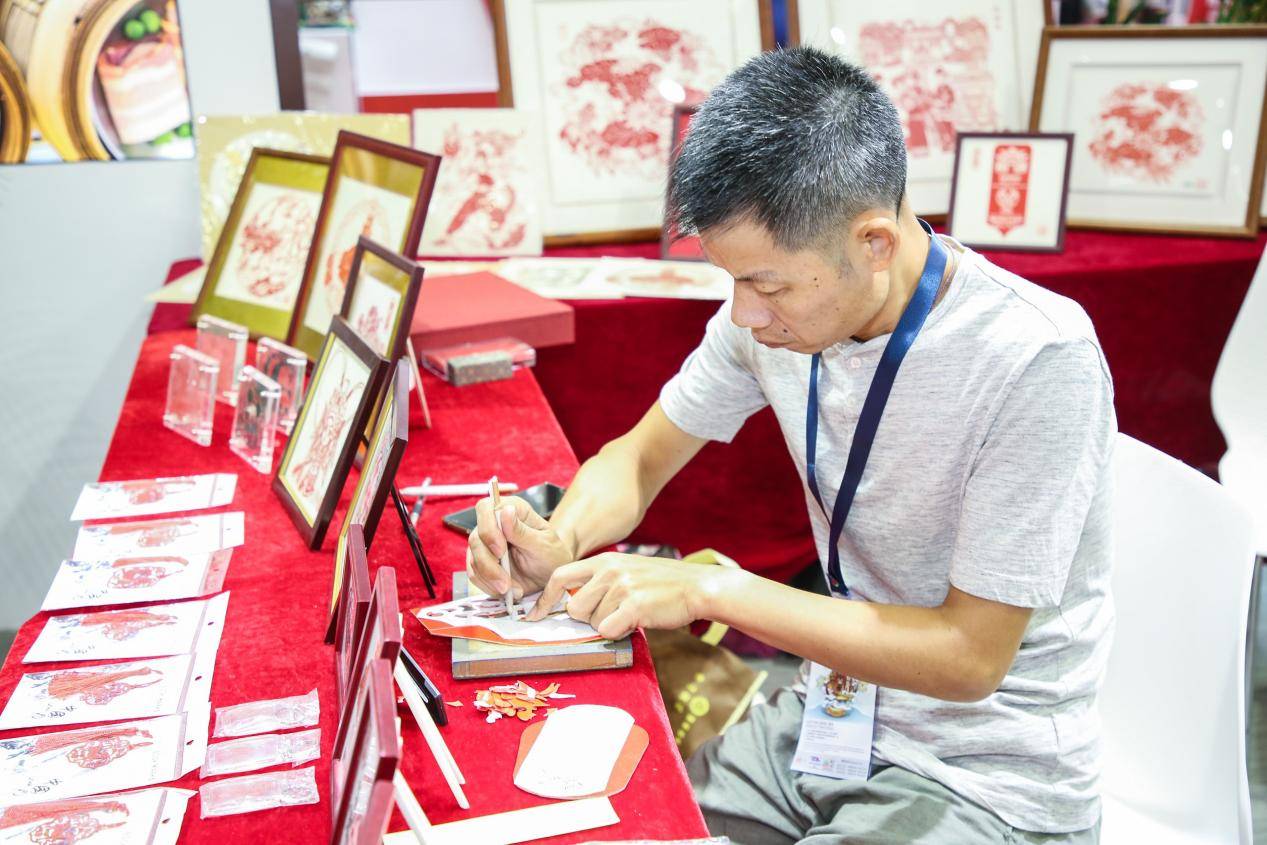
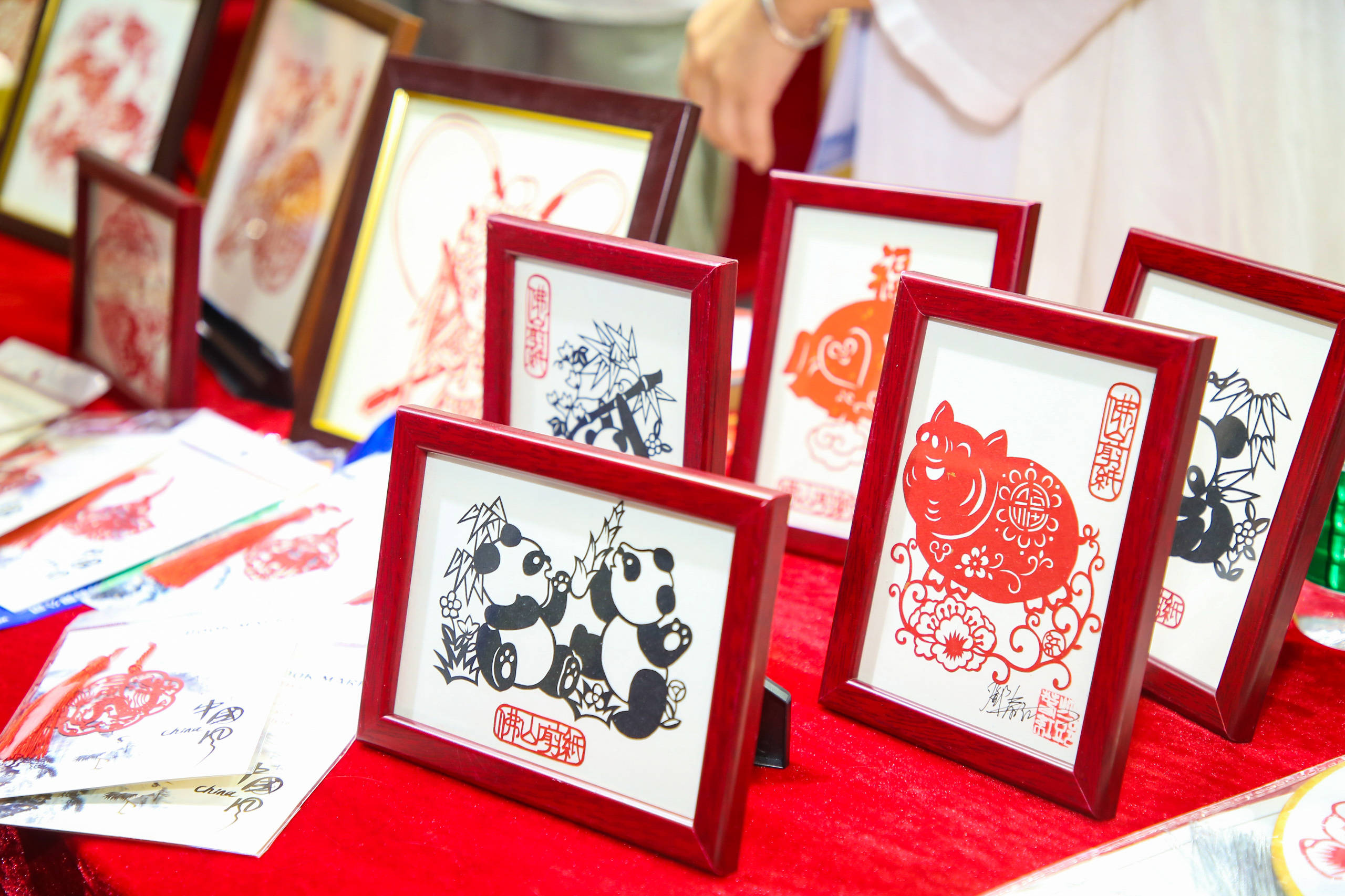
Foshan Woodcut New Year Pictures-National Intangible Heritage
The production of Foshan woodblock New Year pictures flourished during the Qianjia period of the Qing Dynasty, and gradually declined after the 1930s. Divided by skills, Foshan woodblock New Year pictures include three types: original painting, wood printing, and wood printing meticulous brushwork; divided by subject matter, there are three types of door paintings, idol paintings, and seasonal genre paintings. Their main functions are sacrifices, blessings, and decoration of the environment. It embodies people’s desire to exorcise evil spirits. Foshan woodblock New Year pictures were selected into the first batch of national intangible cultural heritage lists in 2006.
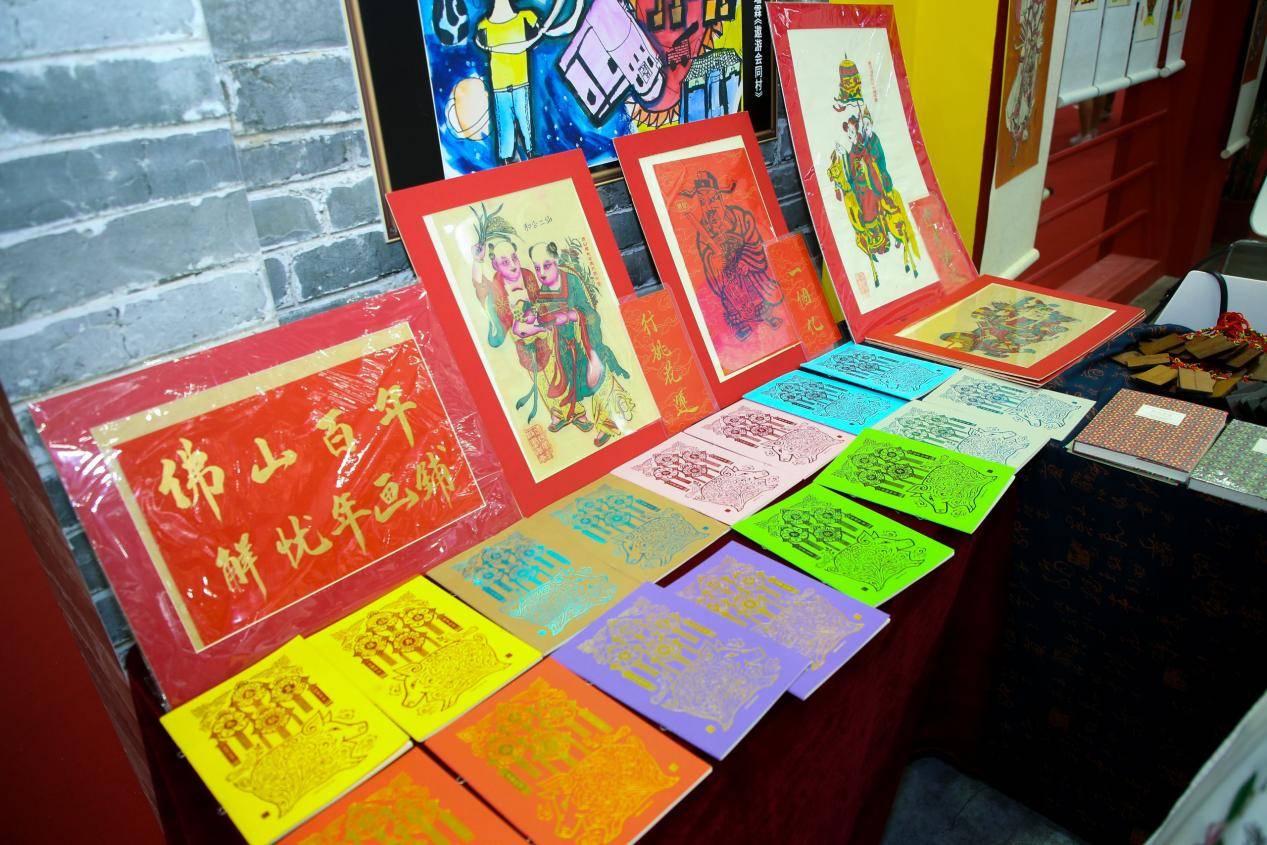
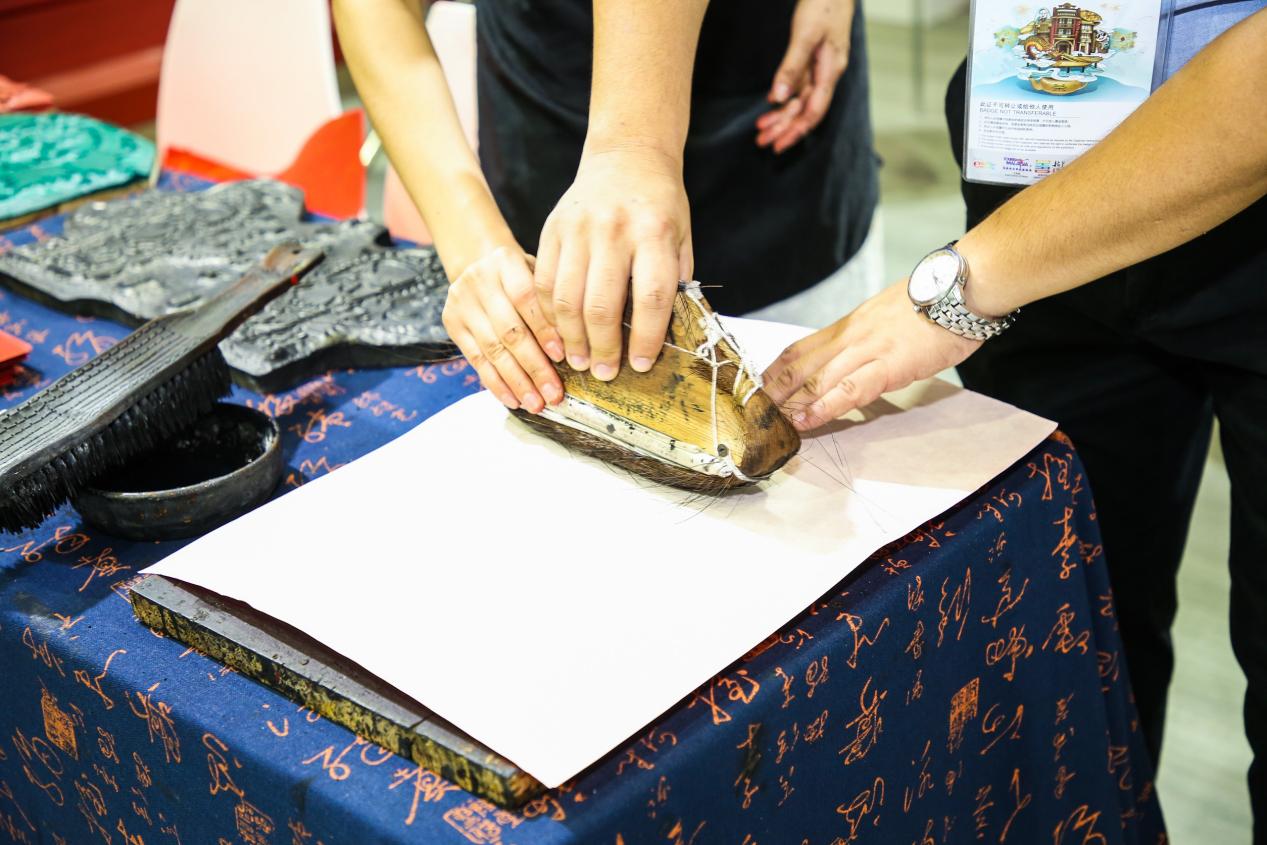

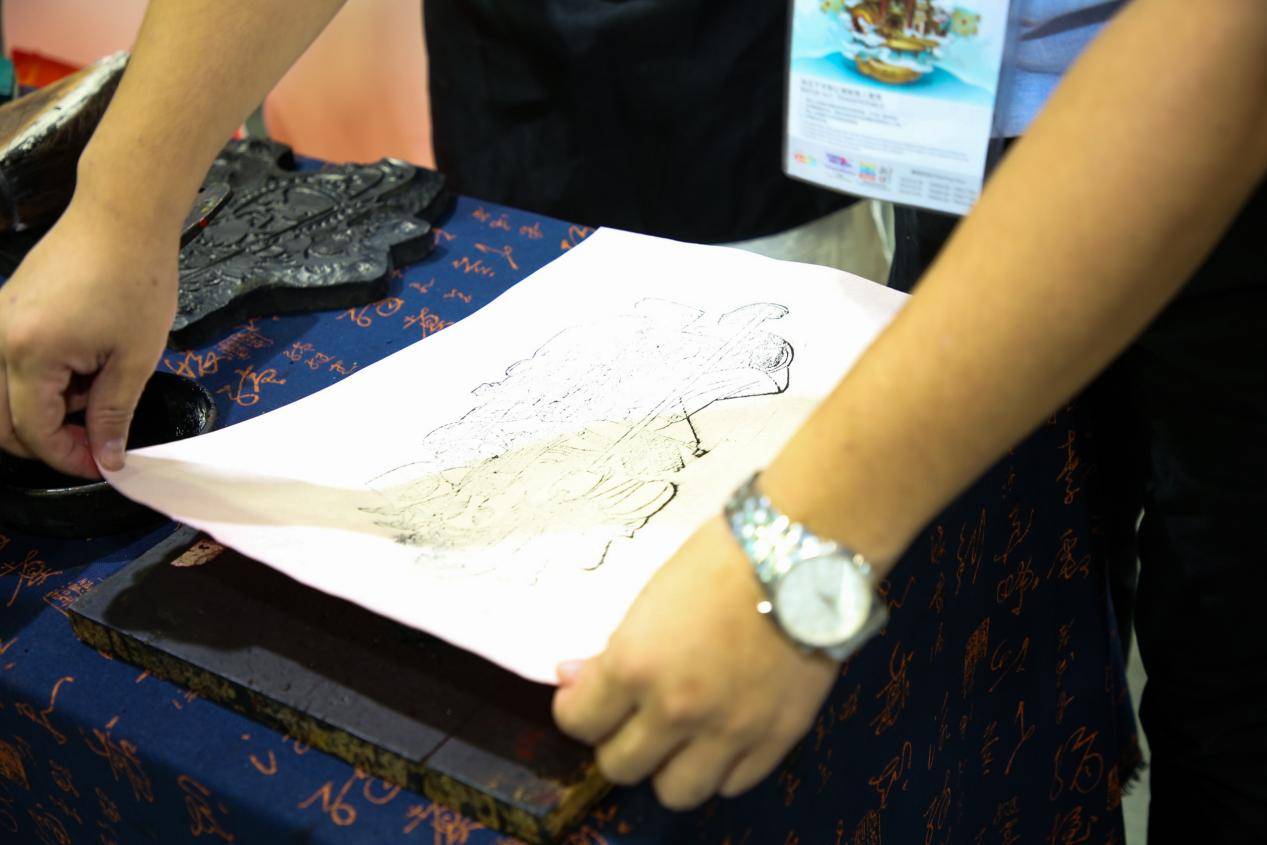
Traditional incense making skills (wan incense making skills)-national intangible heritage
Wanxiang, commonly known as Agarwood, is also known as Baimuxiang and Daughterxiang. Because it is the most famous product in Dongguan, it is called “Wanxiang”. Wanxiang was introduced from abroad in the Tang Dynasty. During the Song Dynasty, it was widely planted throughout Guangdong, especially Guanyi. It was well-known in the Ming Dynasty. In the Qing Dynasty, Wanxiang entered the palace as a tribute. Wanxiang is generally made of seven or eight-year-old Wanxiang trees, which are processed into a superior finished product. For a long time, Wanxiang is still an indispensable additive when formulating world-class perfumes, essential oils and other products. In the 30 years since the 1950s, Wanxiang trees were deforested due to various reasons, and Wanxiang was on the verge of extinction.
edit

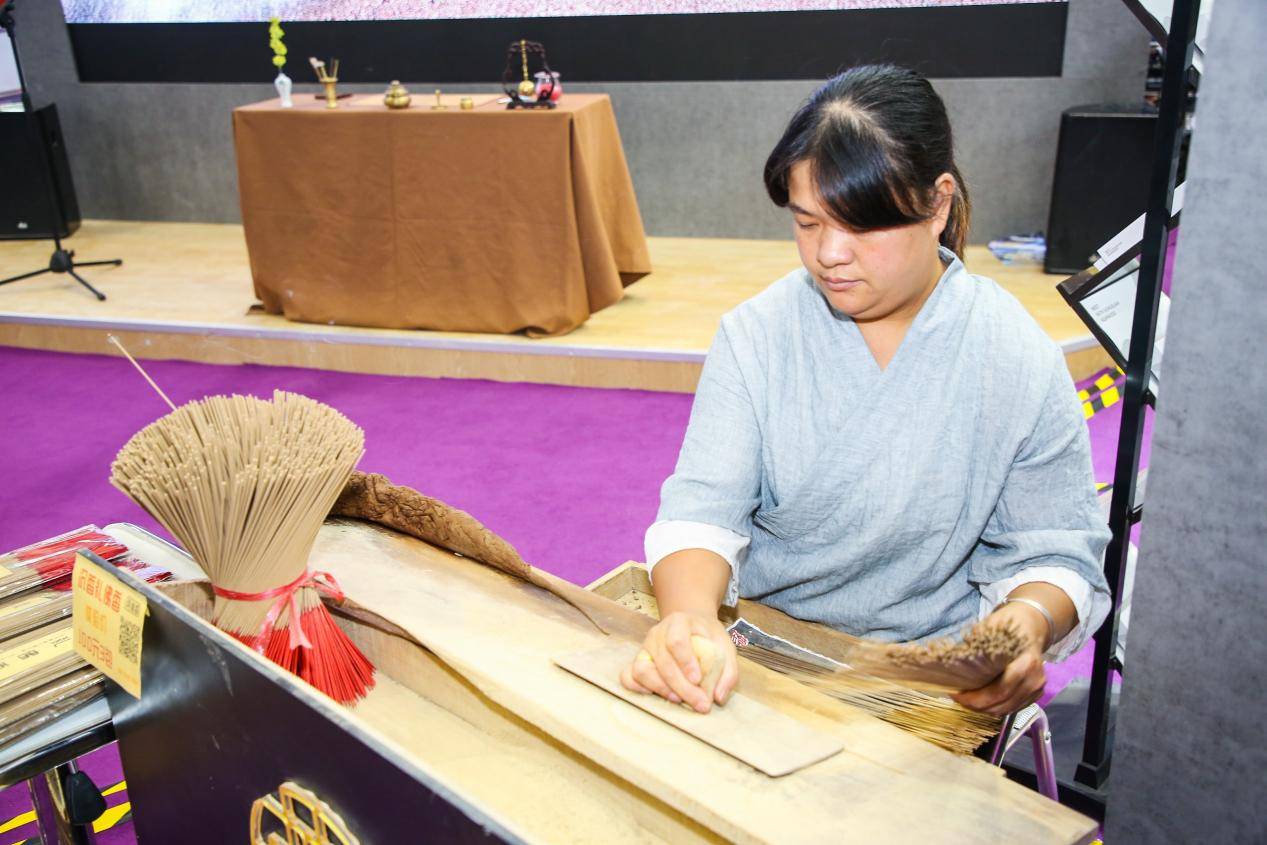
Yao Embroidery-National Intangible Heritage
edit
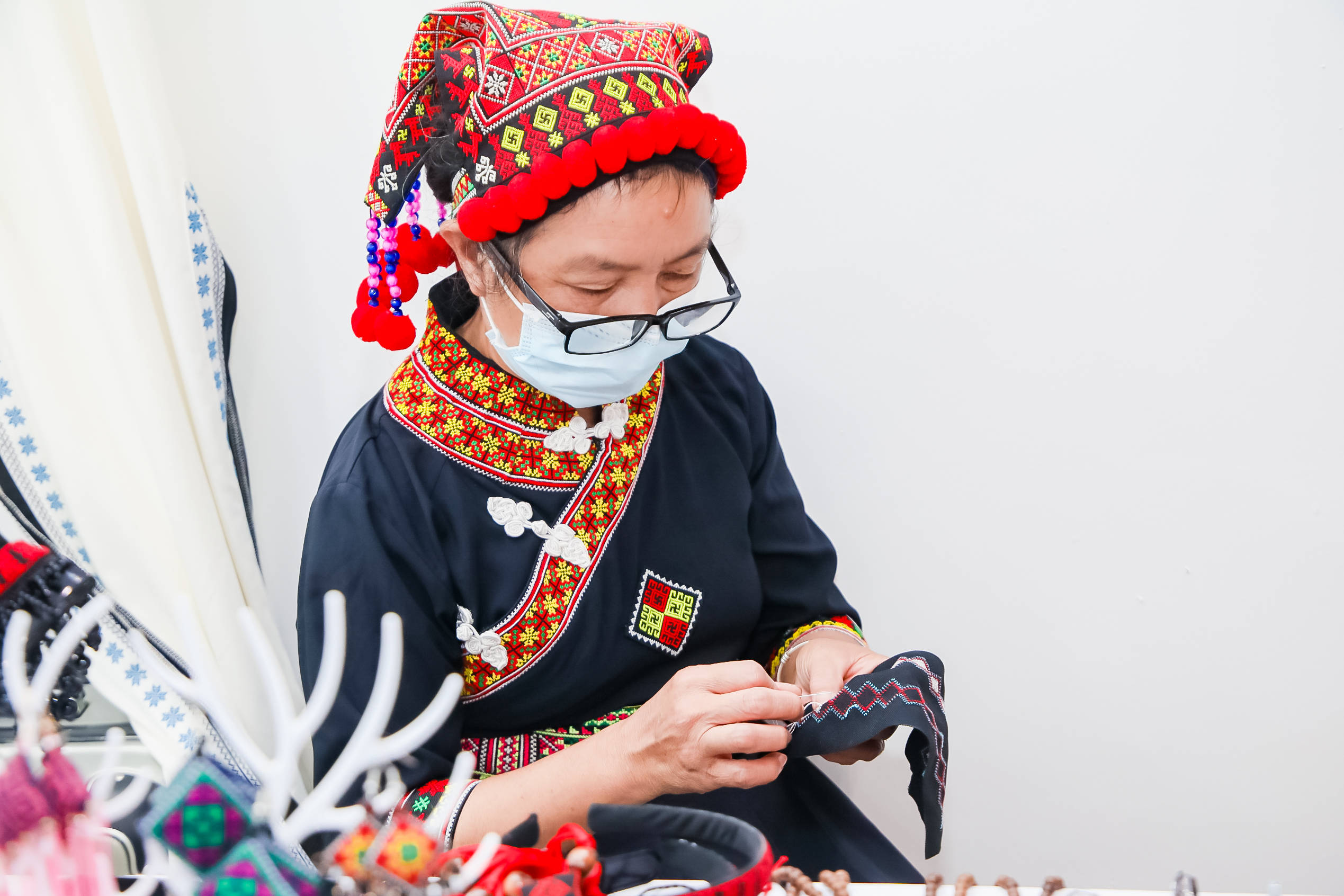
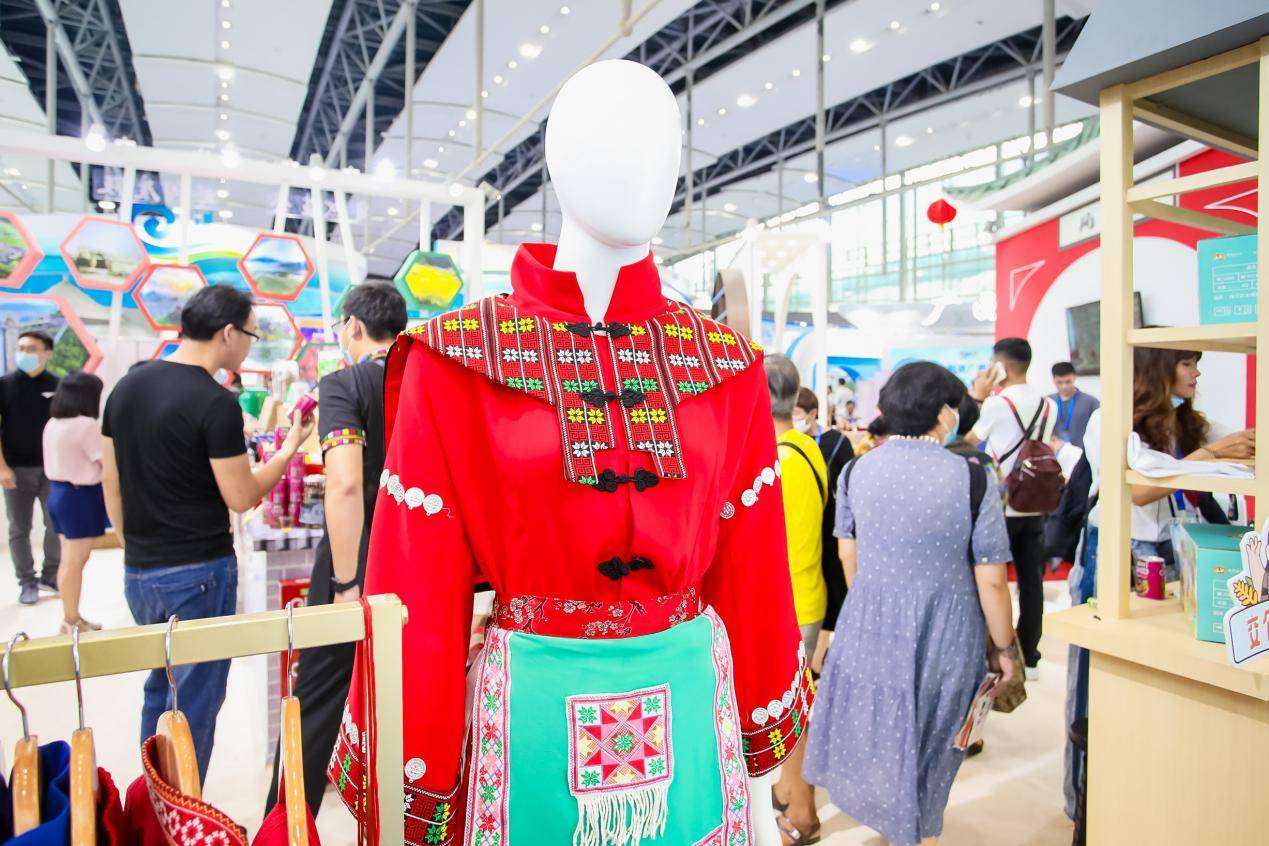
Chaozhou Gongfu Tea Art-National Intangible Heritage
Chaoshan Gongfu tea art is a tea brewing technique handed down in the Chaoshan area of Guangdong Province. It began in the Song Dynasty and became popular in the middle of the Qing Dynasty, and even spread to various parts of Southeast Asia. In 2008, Chaozhou Gongfu Tea Art was selected into the second batch of National Intangible Cultural Heritage List.

The brewing of Chaoshan Gongfu tea has its own certain formulas, which are mainly taught by tea sets, tea masters cleaning hands, clay pots to make fires, sand chop (water boiling utensils) to draw water, olive charcoal boiling water, boiling water hot pots, re-warming tea cups, Ming Qing Vegetarian Paper, Pot Na Oolong, Ganquan Washing Tea, Raising High Punch, Scraping Foam on the Lid, Hot Topping, Hot Cup Rolling, Low Sprinkle Tea Soup, Guan Gong Touring City, Han Xin Ordering Soldiers, please taste, It is composed of multiple links such as smelling the tea fragrance, sipping the harmony, smelling the bottom of the cup, and mellowing the spirit.
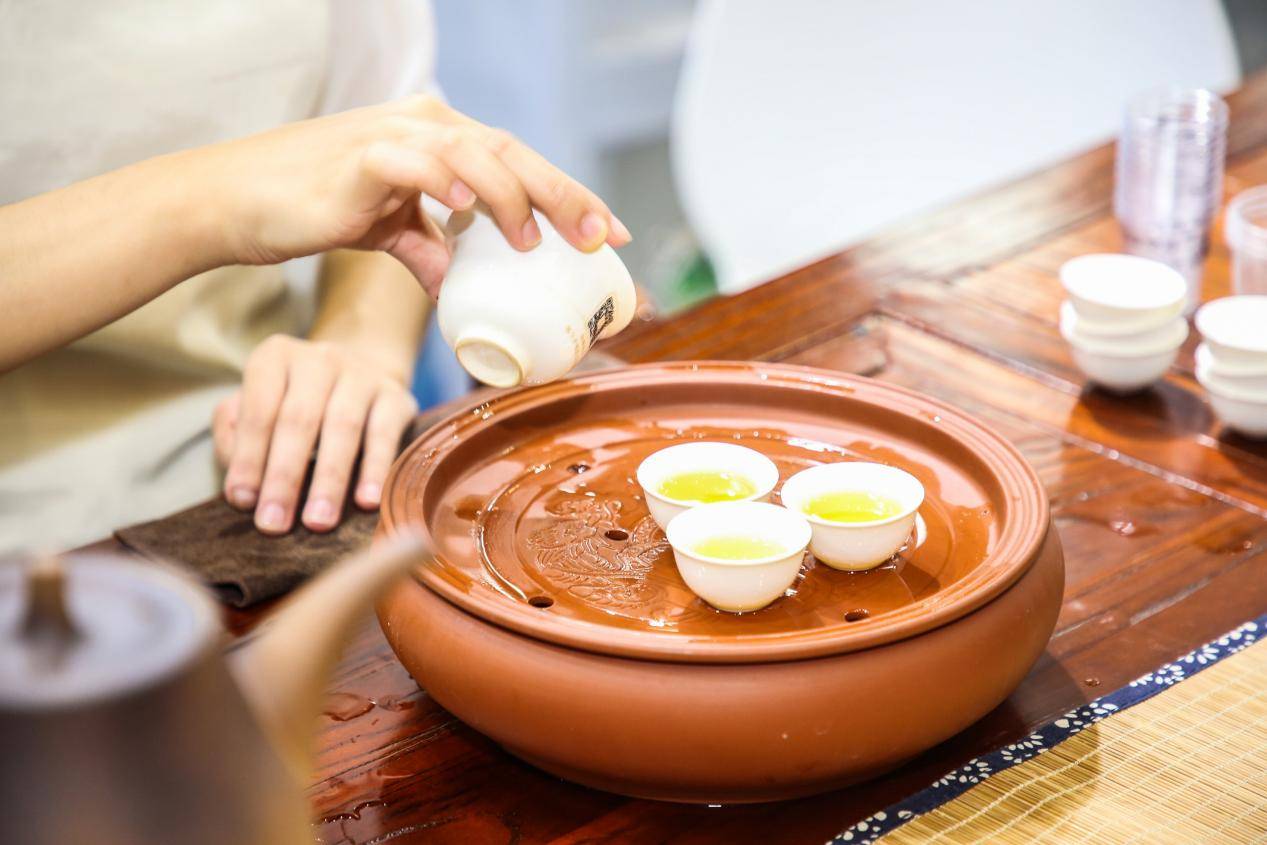
Jieyang Lion Dance-National Intangible Heritage
Jieyang Lion Dance is mainly spread in Rongcheng District of Jieyang City. It is a comprehensive traditional art that combines martial arts, dance and skills. Jieyang had the custom of lion dance in the early Qing Dynasty. As one of the southern lions, the lion dance in Chaoshan area has the characteristics of few people and flexibility. In 2011, Jieyang Green Lions were included in the third batch of national intangible cultural heritage.
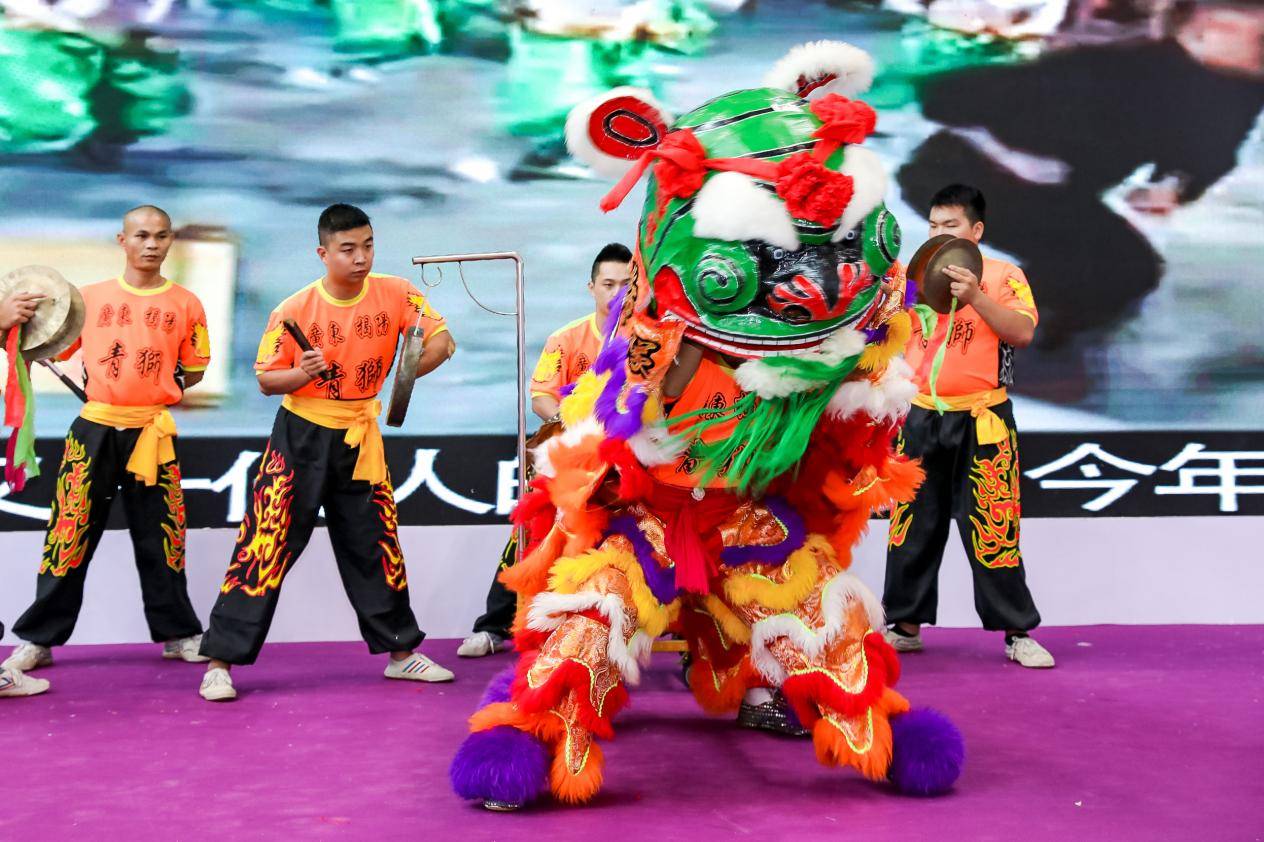

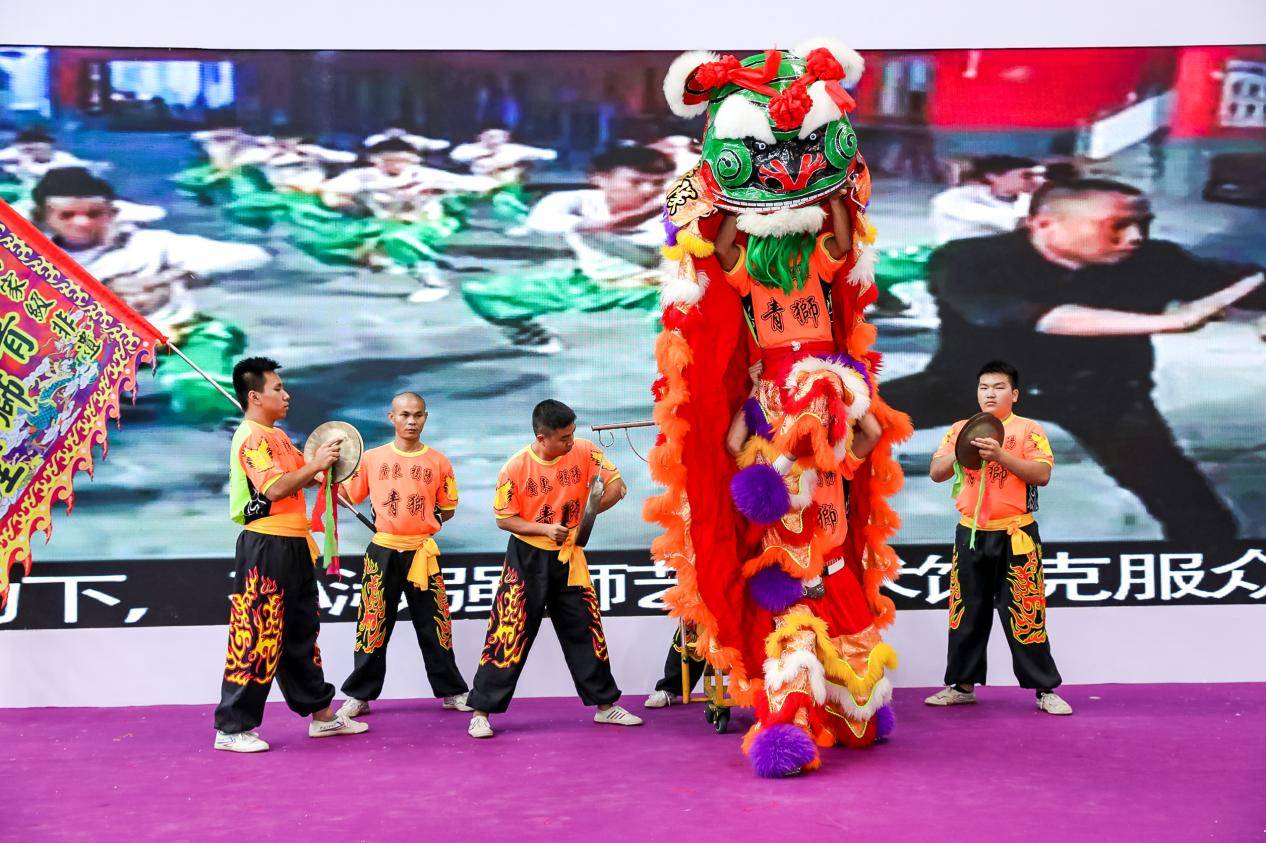
Wuchuan Floating Color-National Intangible Cultural Heritage
Piao Color in Wuchuan began in Shagang Village, Huangpo Town, Wuchuan City, Xianfeng in the Qing Dynasty. It was a large-scale parade custom in the local god welcoming contest held around the Lantern Festival. Wuchuan Piao Color is unique in shape and diverse in art forms. The Piao color is like a small stage for activities. The modelling figures are generally 6 to 12 years old, and most of them are based on famous myths, legends or historical figures. Wuchuan Piaose was selected into the second batch of national intangible cultural heritage list in 2008.
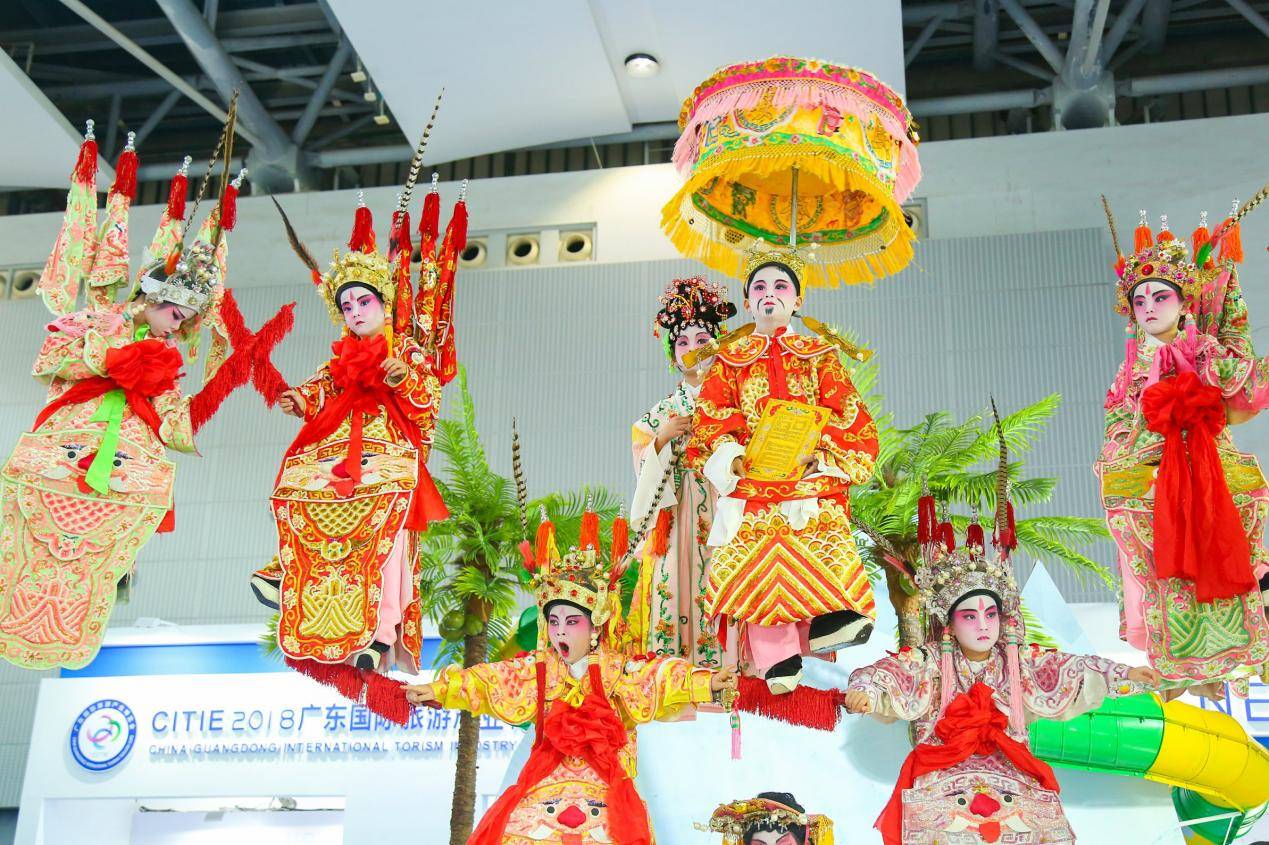
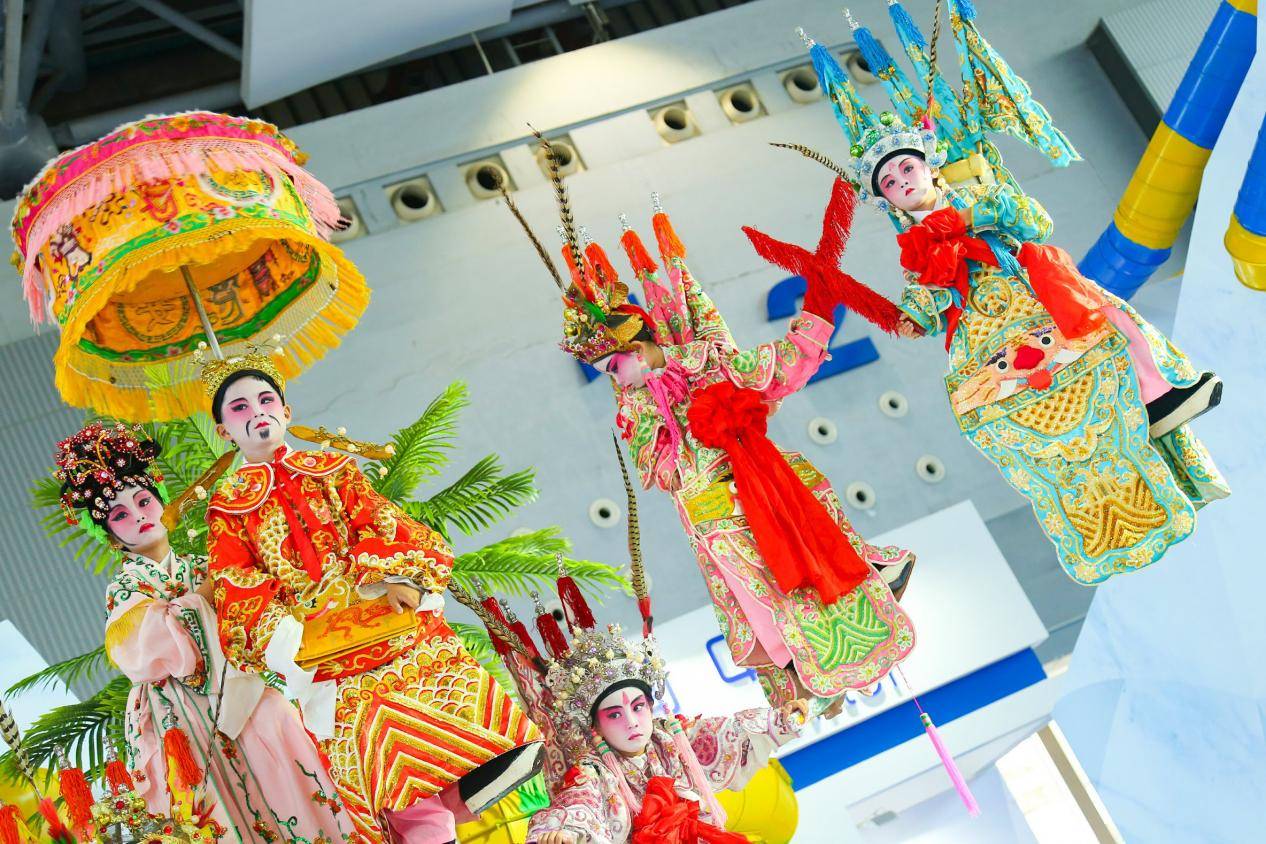
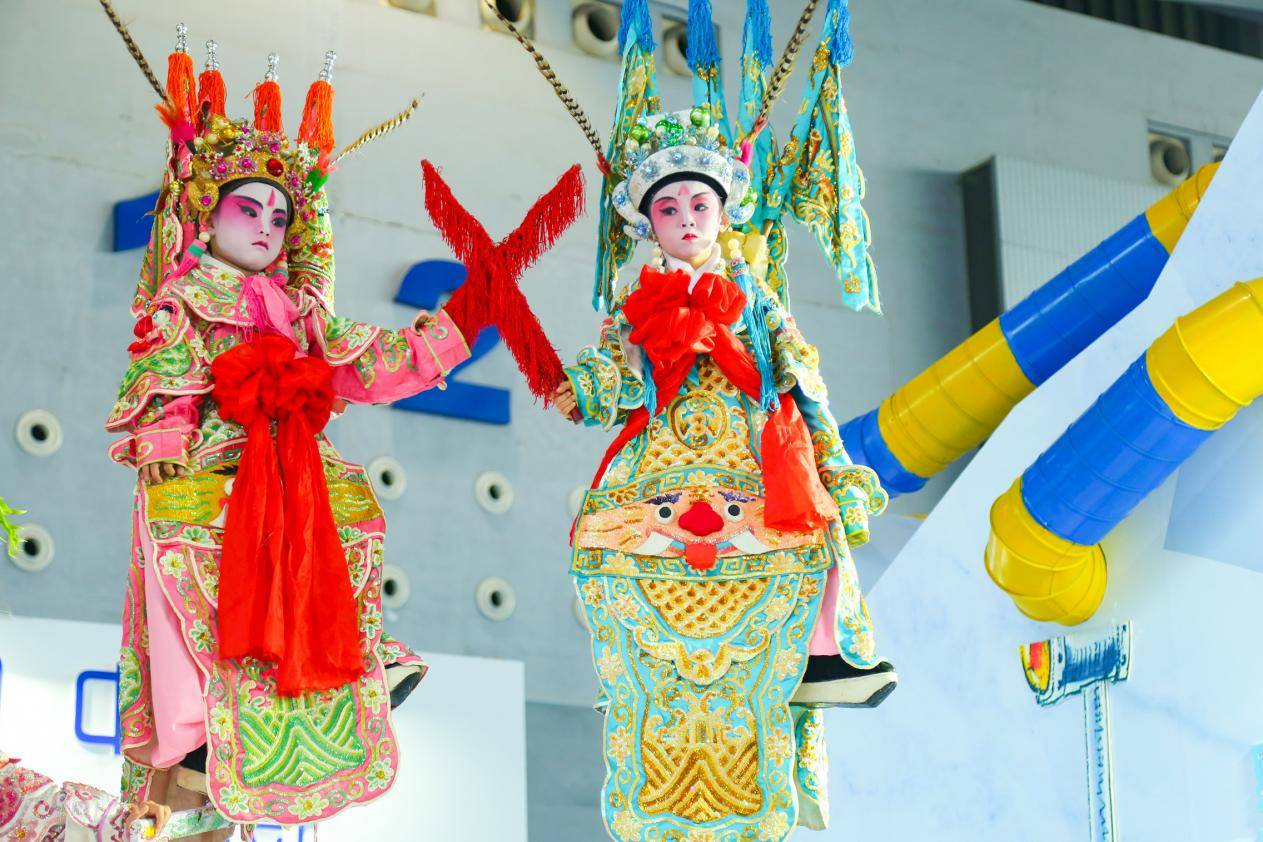
South China Sea Rattan-Provincial Intangible Heritage
The Nanhai rattan series was first recorded in the “New Tang Book Geography” compiled by Ouyang Xiu and others in the Northern Song Dynasty. Rattan is a kind of skin and core of palm and rattan plant stems as raw materials. After cooking, drying, bleaching, anti-mold, disinfection and other processes, it is processed by professionals and shaped and reinforced to make products. The basic shapes of the wares are then woven into practical products and handicrafts using traditional techniques. In 2012, it officially became Guangdong Provincial Intangible Cultural Heritage.
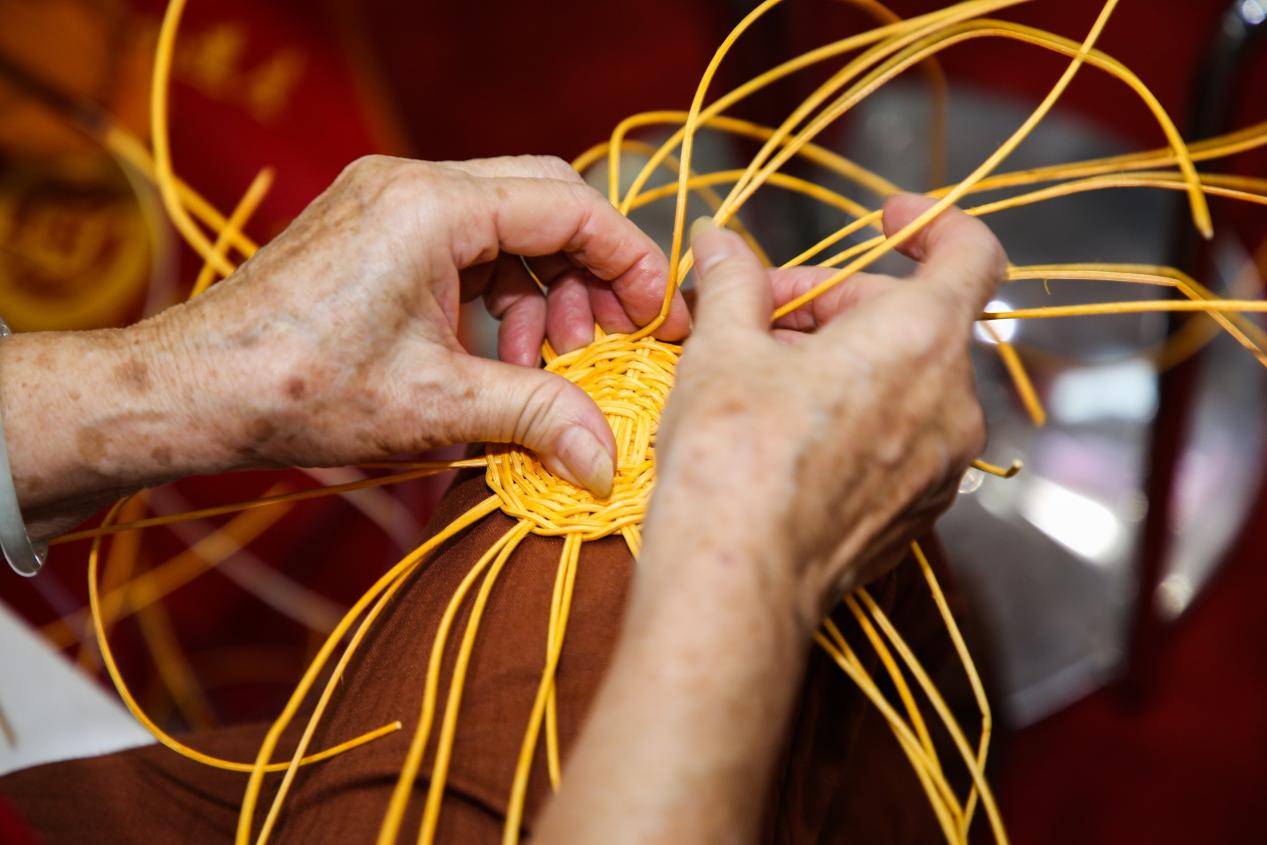
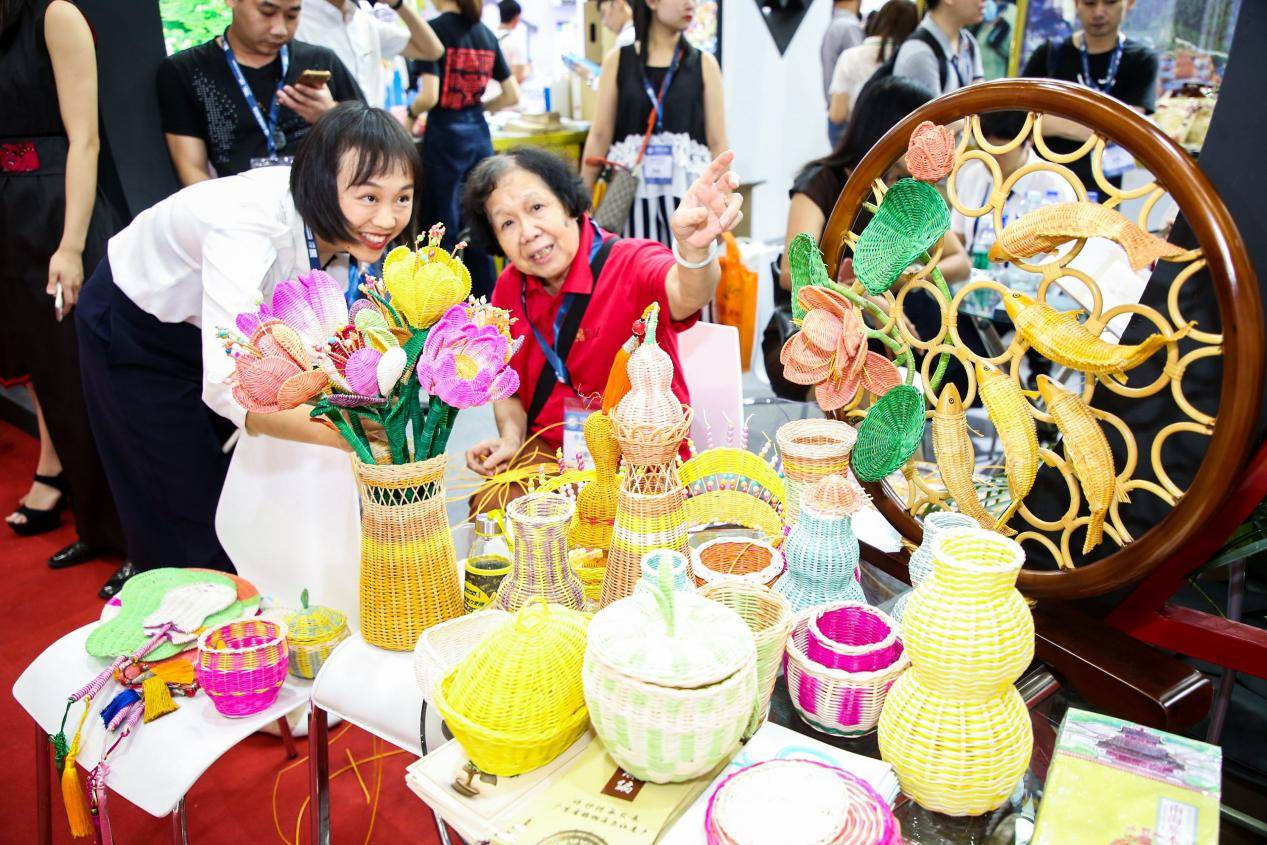
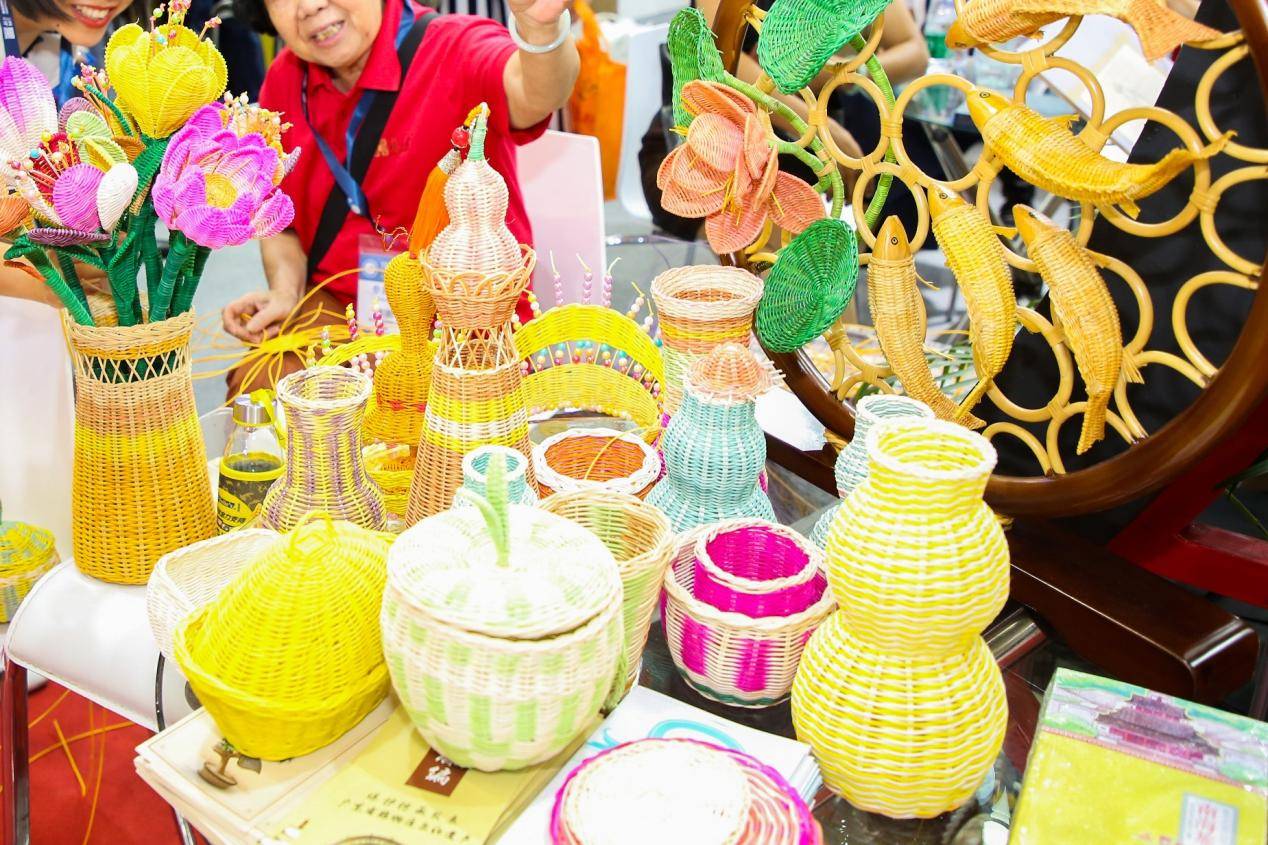
Zhanjiang Leizhou cattail weaving-provincial intangible heritage
The technique of Leizhou Pu-weaving is a traditional manual technique that weaves cattail into daily necessities by hand. The history of weaving and using cattail fabrics in Leizhou can be traced back to the Neolithic Age. The development of the “Maritime Silk Road” during the Han and Tang Dynasties greatly promoted the development of Leizhou Puzhi. In the Yuan Dynasty, the introduction of high-yield “General Grass” was successful, which provided a material foundation for the development of Leizhou Puzhi. In the Ming and Qing dynasties, pu fabrics have become a large number of export goods in Leizhou. In 2012, it was included in the fourth batch of provincial intangible cultural heritage representative list of Guangdong Province.
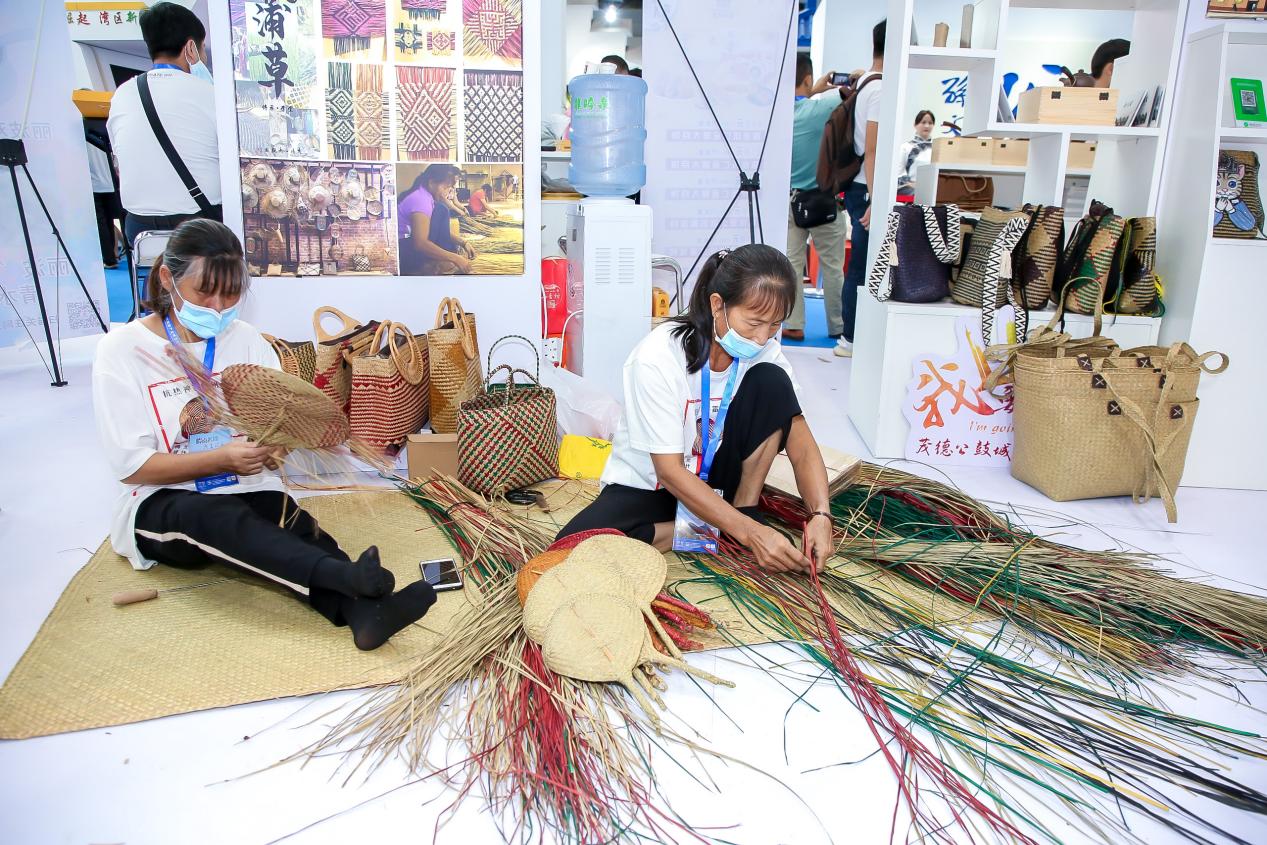
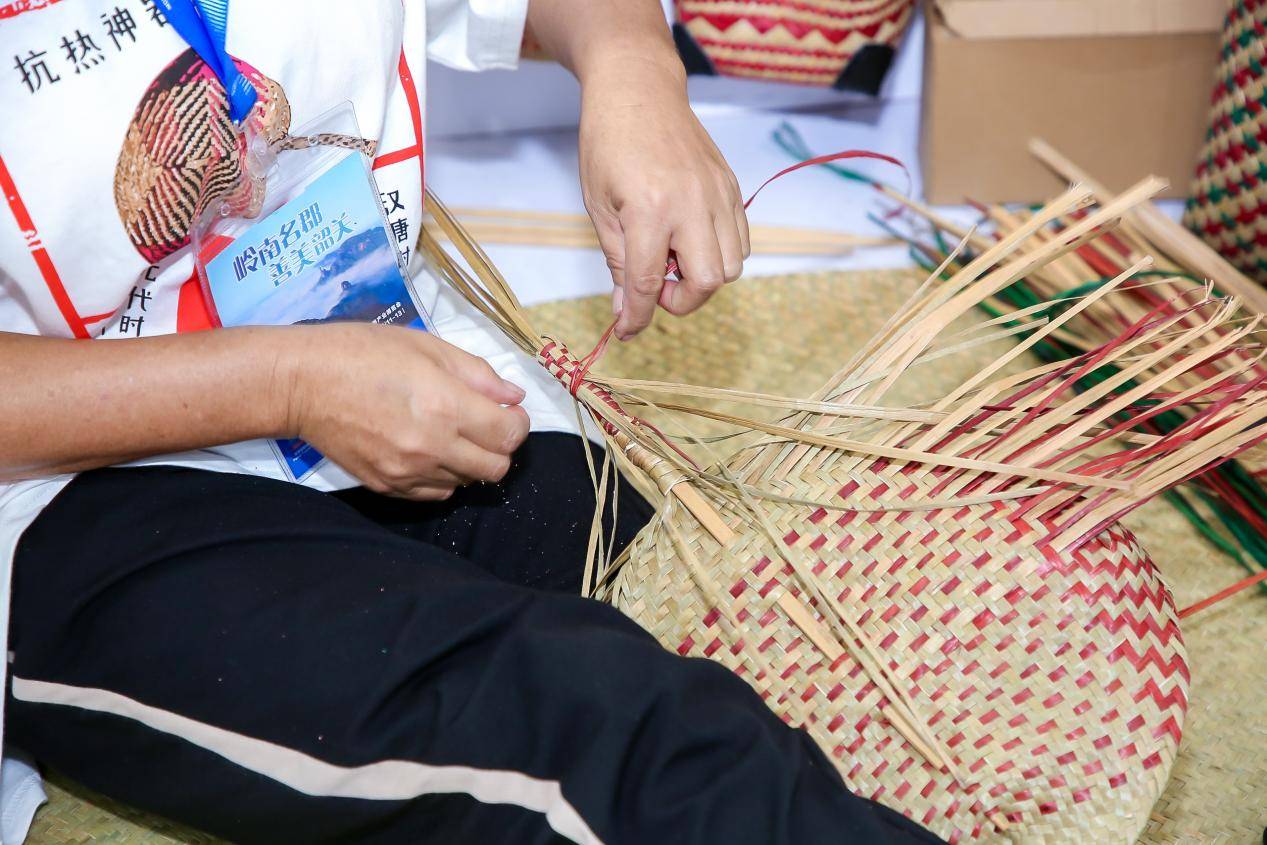
Wing Chun-Provincial Intangible Heritage
The history of Wing Chun boxing can be traced back to the middle and late Qing dynasty. In the Tongzhi period of the Qing Dynasty, after finishing, adapting and improving, Wing Chun boxing gradually took shape. The “short bridge and narrow horse” of traditional Wing Chun boxing is different from other traditional martial arts techniques. It is positioned based on the applicability of the architectural style of the handicraft towns in the Pearl River Delta with the applicability of the side streets and narrow lanes. It is simple, direct, and practical. Adapting to the characteristics of southerners, through a century of inheritance and development, Wing Chun has become one of the representatives of traditional Chinese martial arts with wide popularity and international influence.
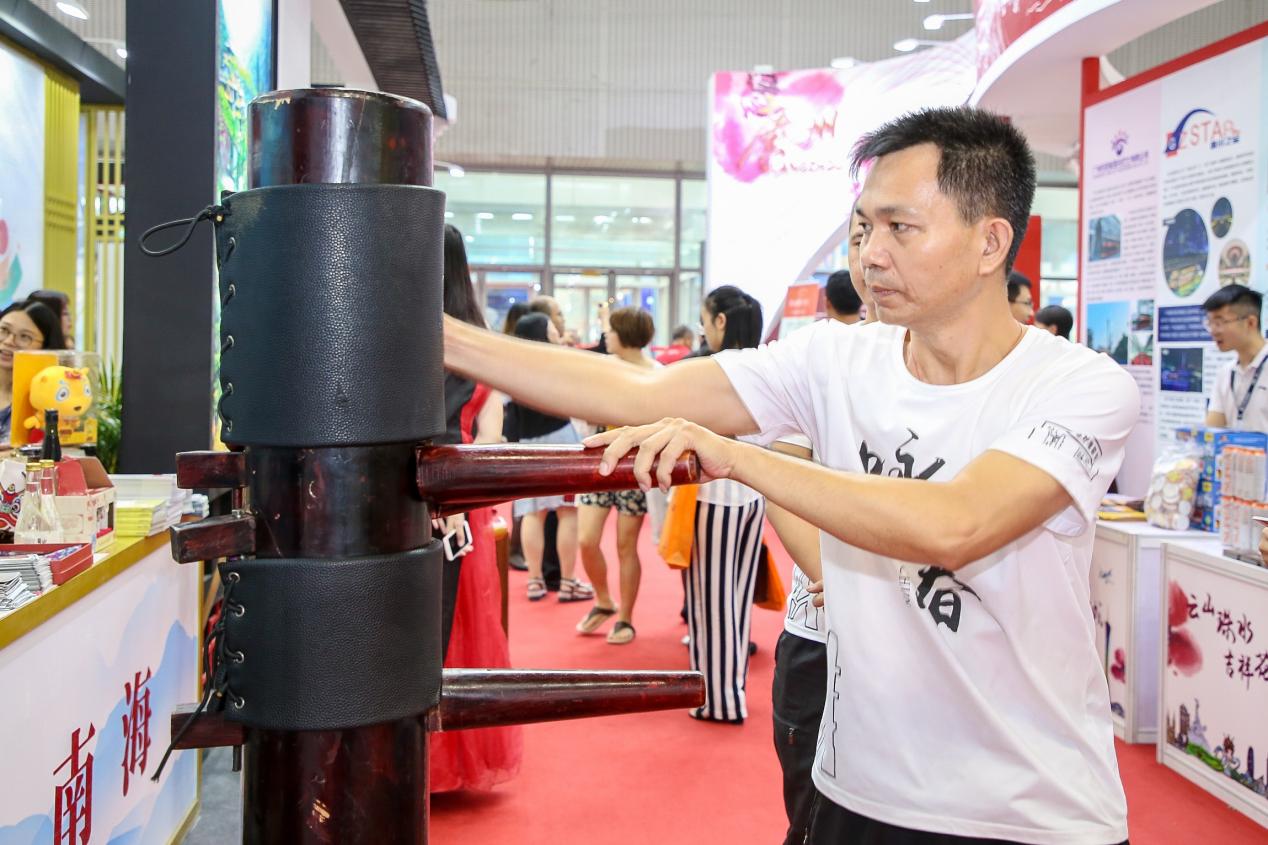
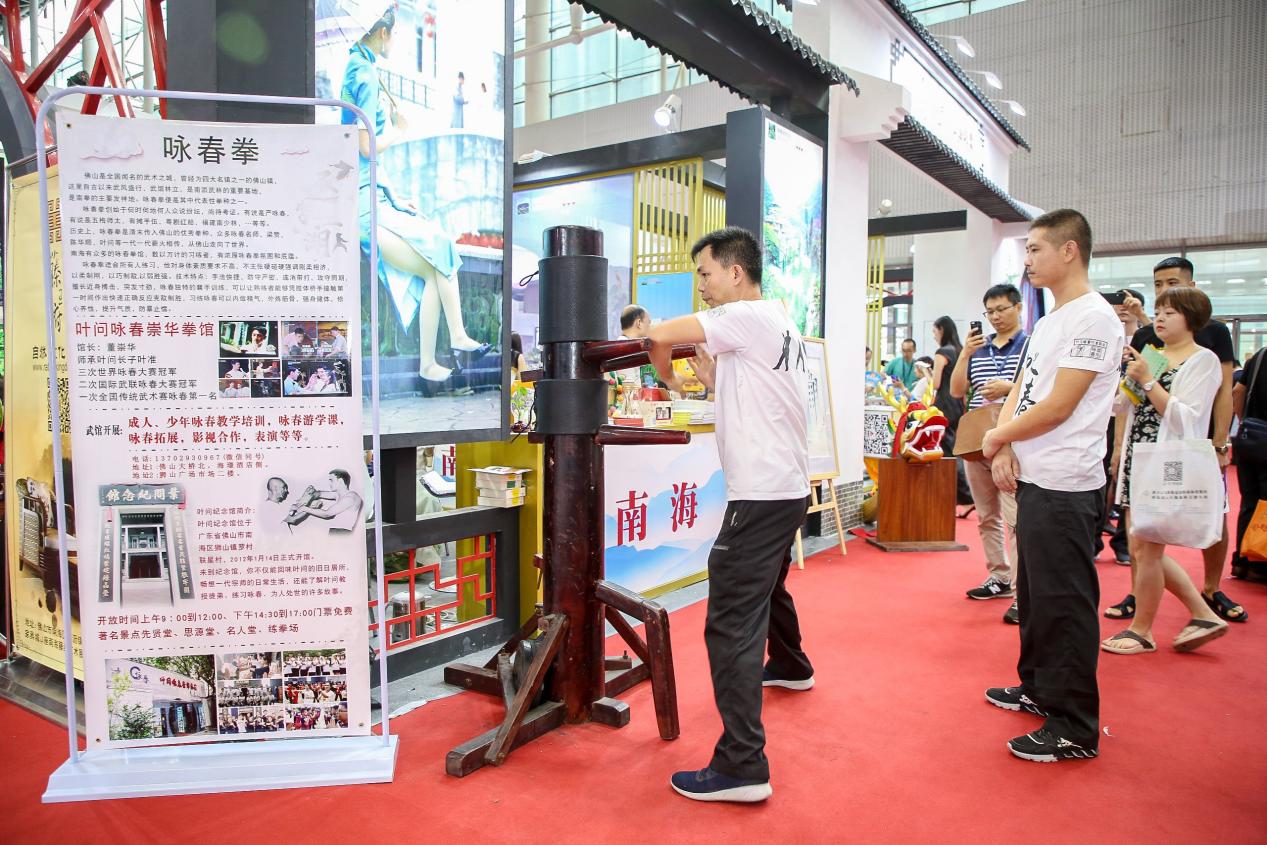
Zhanjiang Potou Puppet Show-Municipal Intangible Heritage
According to legend, Potou’s puppet show originated in the Han Dynasty, introduced from Fujian and other places, and prospered in the Ming Dynasty. The puppet show in Pottou area is usually performed by three people. The singing and Taoism are all dialects, which are easy to understand. This folk art was included in the “Sixth Municipal Intangible Cultural Heritage Representative Project of Zhanjiang City”
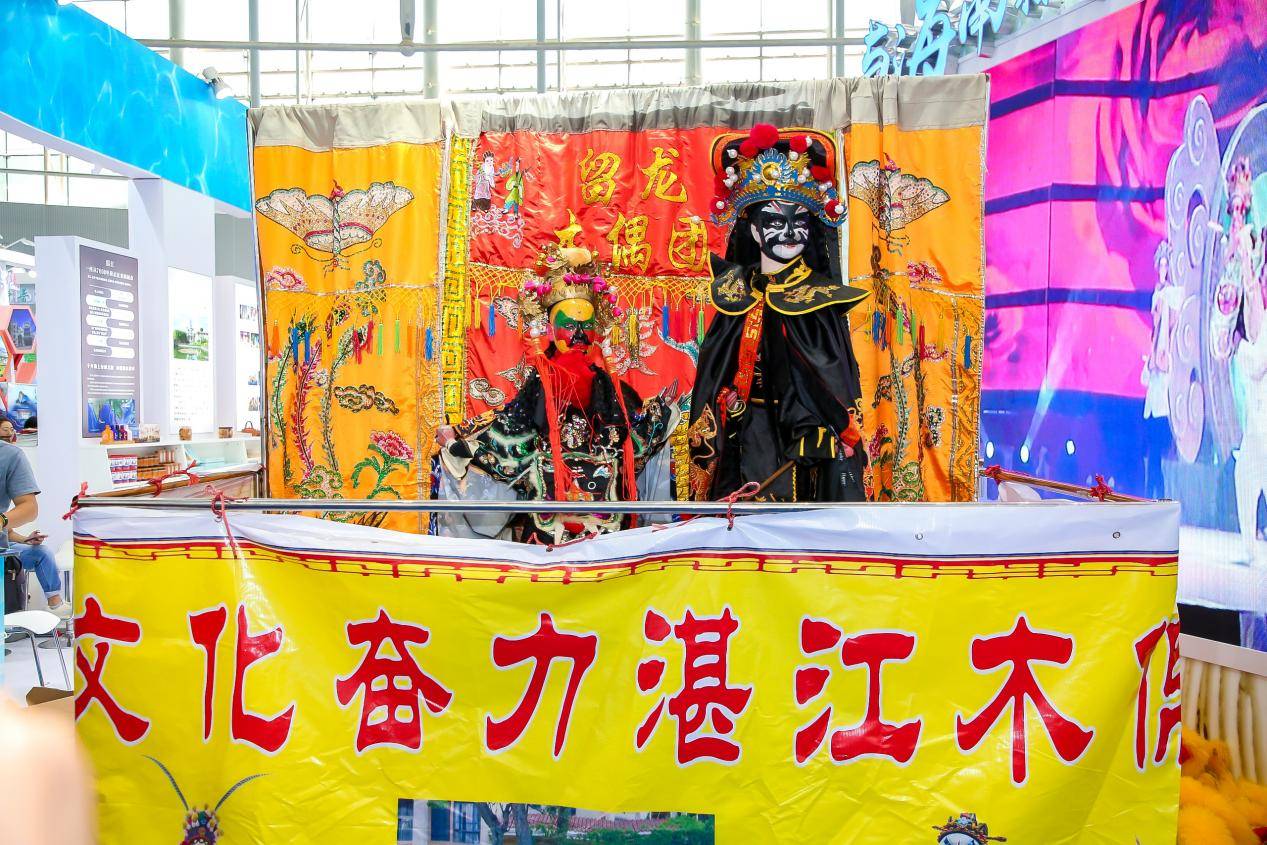
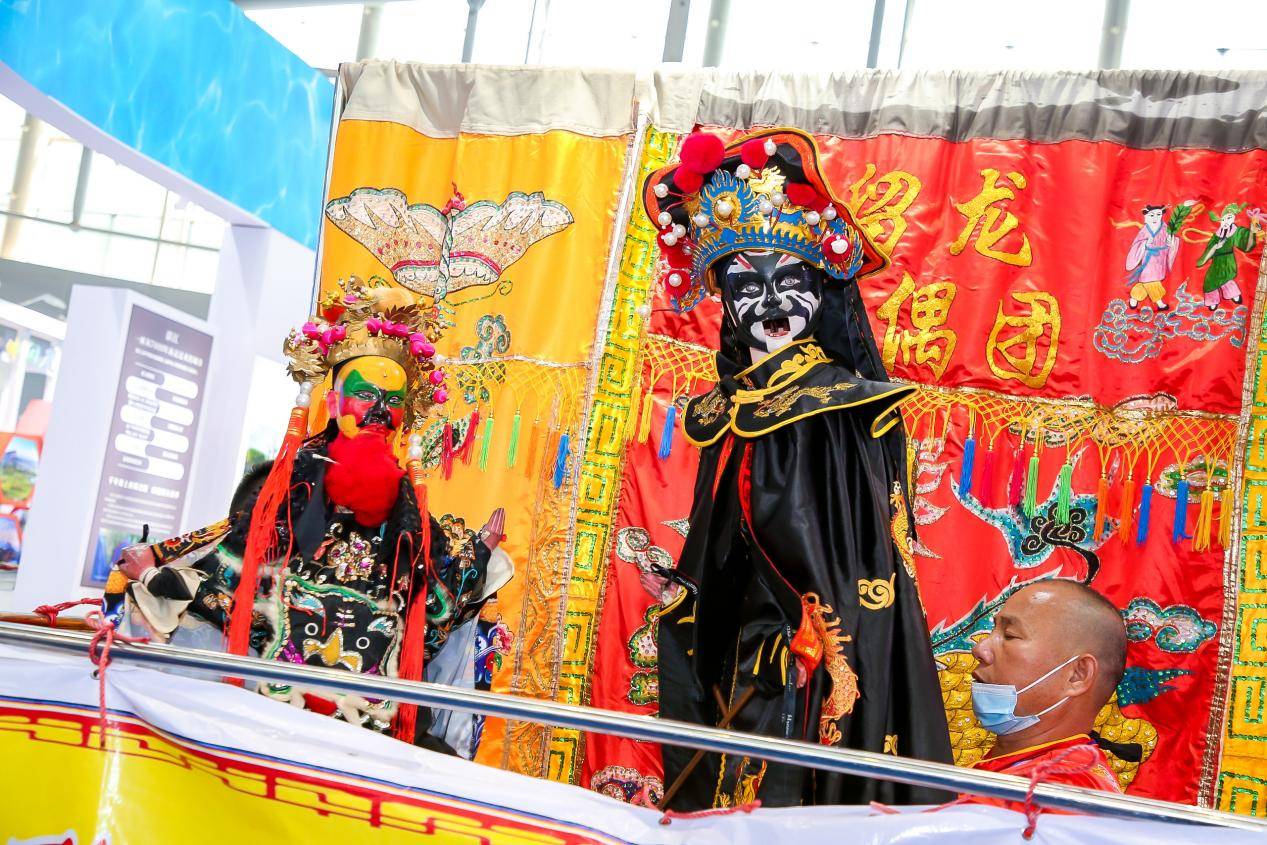
Danxia red bean jewelry making skills-municipal intangible heritage
The craftsmanship of Danxia Red Bean Jewelry is to use a rope and many red beans, with a pure heart, use Chinese elements, integrate Chinese aesthetics, use elegant techniques, three twists and fives, finely crafted, and use ropes to change infinitely. modeling. At the same time, it is decorated with a pendant, put on scattered beads, matched with elegant jade or nostalgic silver ornaments, fashionable cotton and linen, and then used various colors to combine and use. In 2015, Renhua Danxia red bean jewelry making skills were included in the fifth batch of intangible cultural heritage list of Shaoguan City.
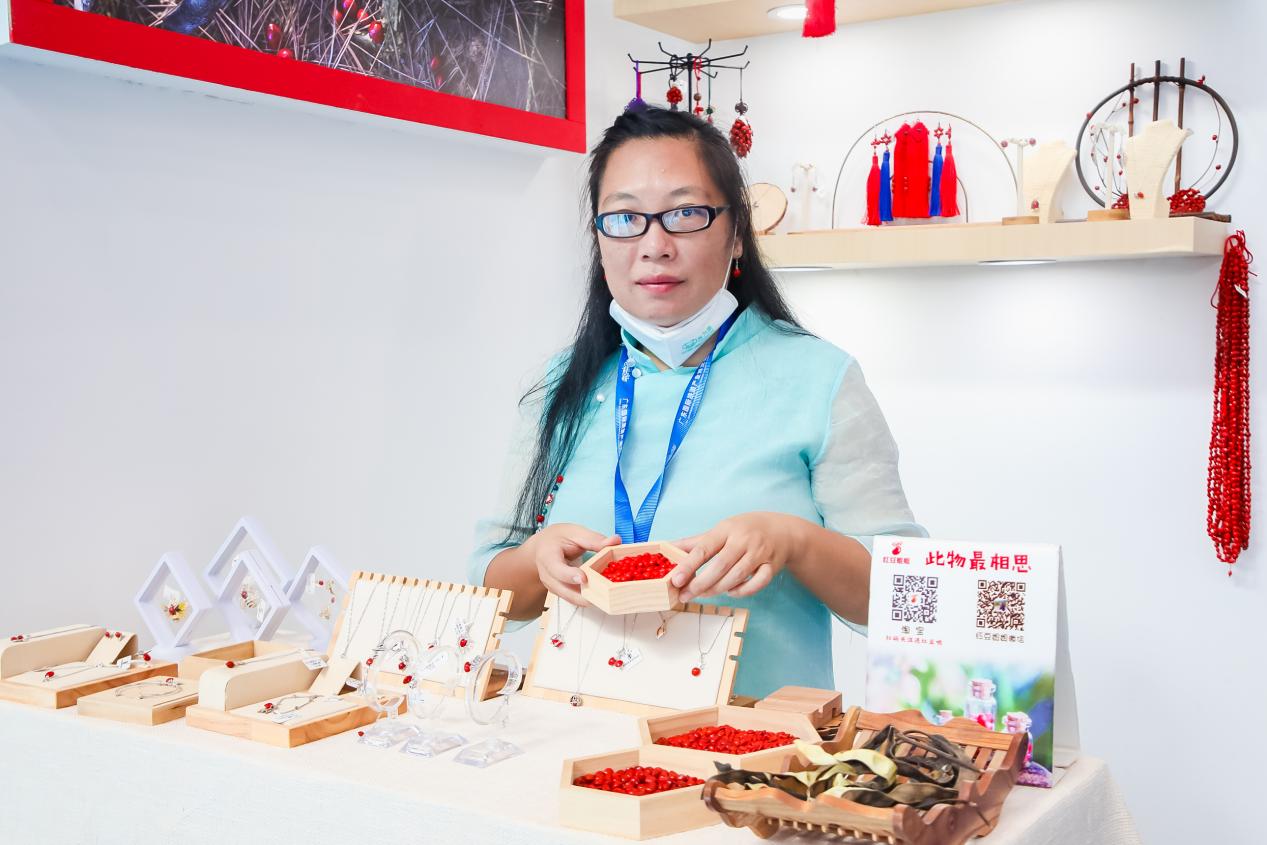
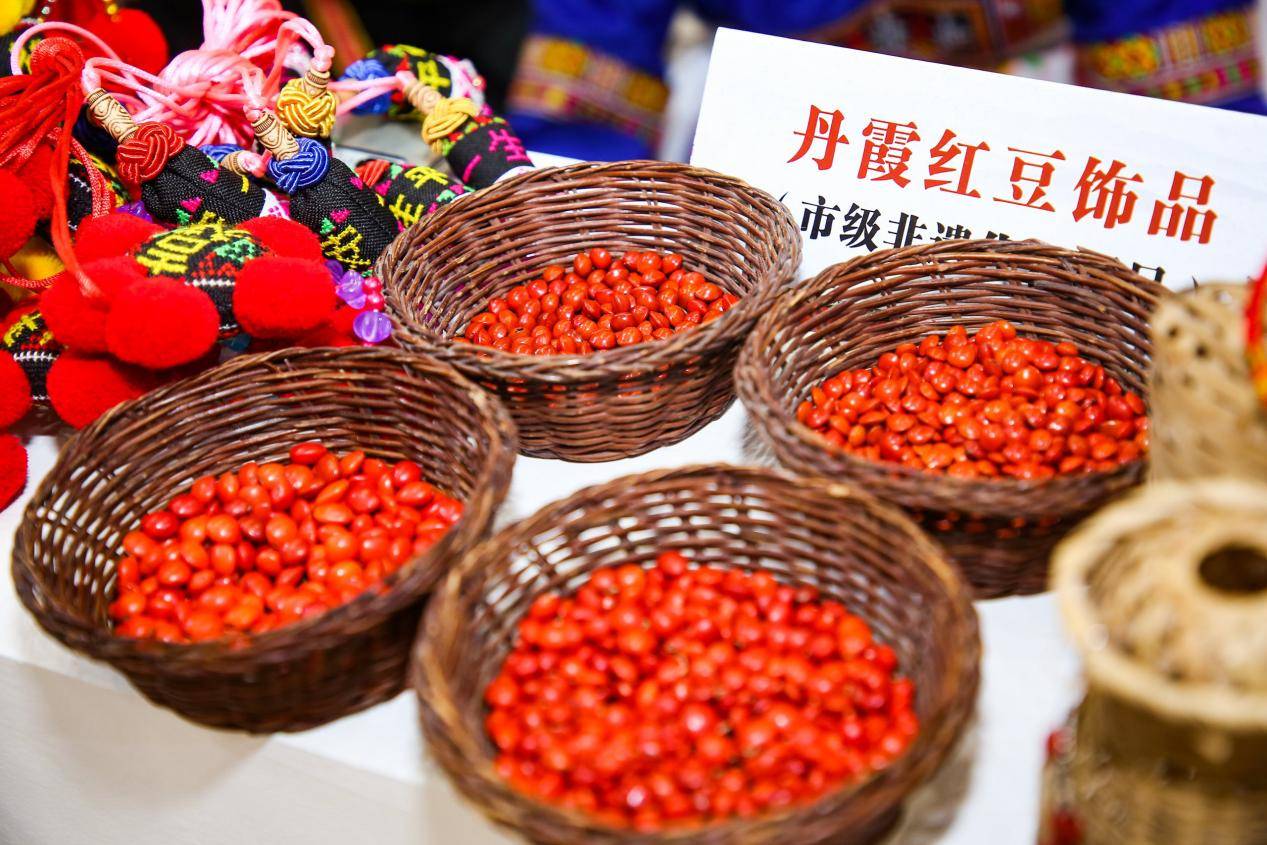
Chenghai Tiezhi Puppet Show-District-level Intangible Cultural Heritage
Chenghai Tiezhi Puppet Show, evolved from shadow puppetry, is also called “bamboo window paper shadow”. In the late Qing Dynasty, the performance model had a major innovation. The troupe artists used the Chaozhou opera stage at that time. The bamboo windows were changed into small theaters, the leather sculpture figures were changed to puppets, and the puppet body was cut from wood with a clay sculpture head. Up-tide embroidered costumes, with three iron branches on the back supporting the hands of the divine comedy, and stage performances. The scripts of the performance mostly use Chaozhou operas, and the singing is consistent with the Chaozhou songs. Tiezhi puppet performance and production skills were included in the Chenghai District-level Intangible Cultural Heritage List in 2017.
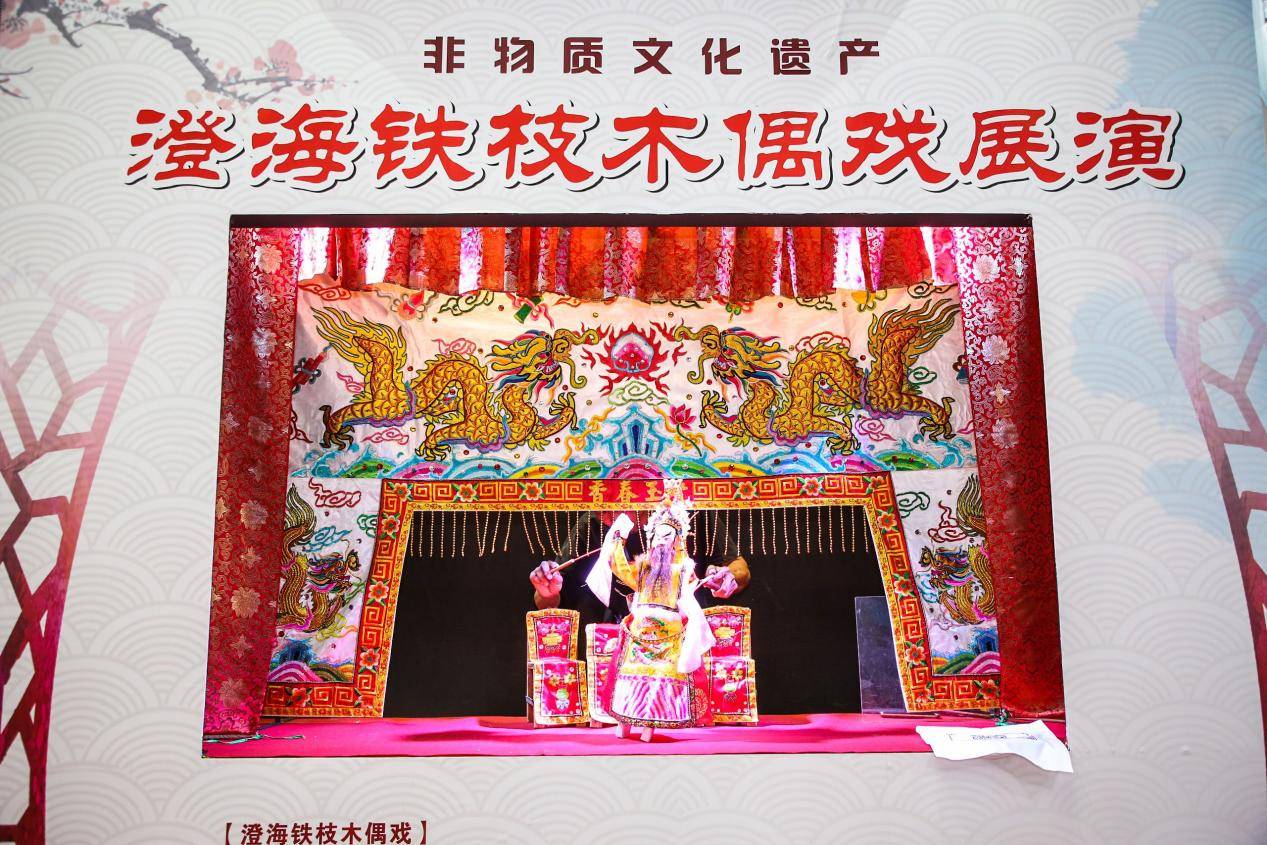
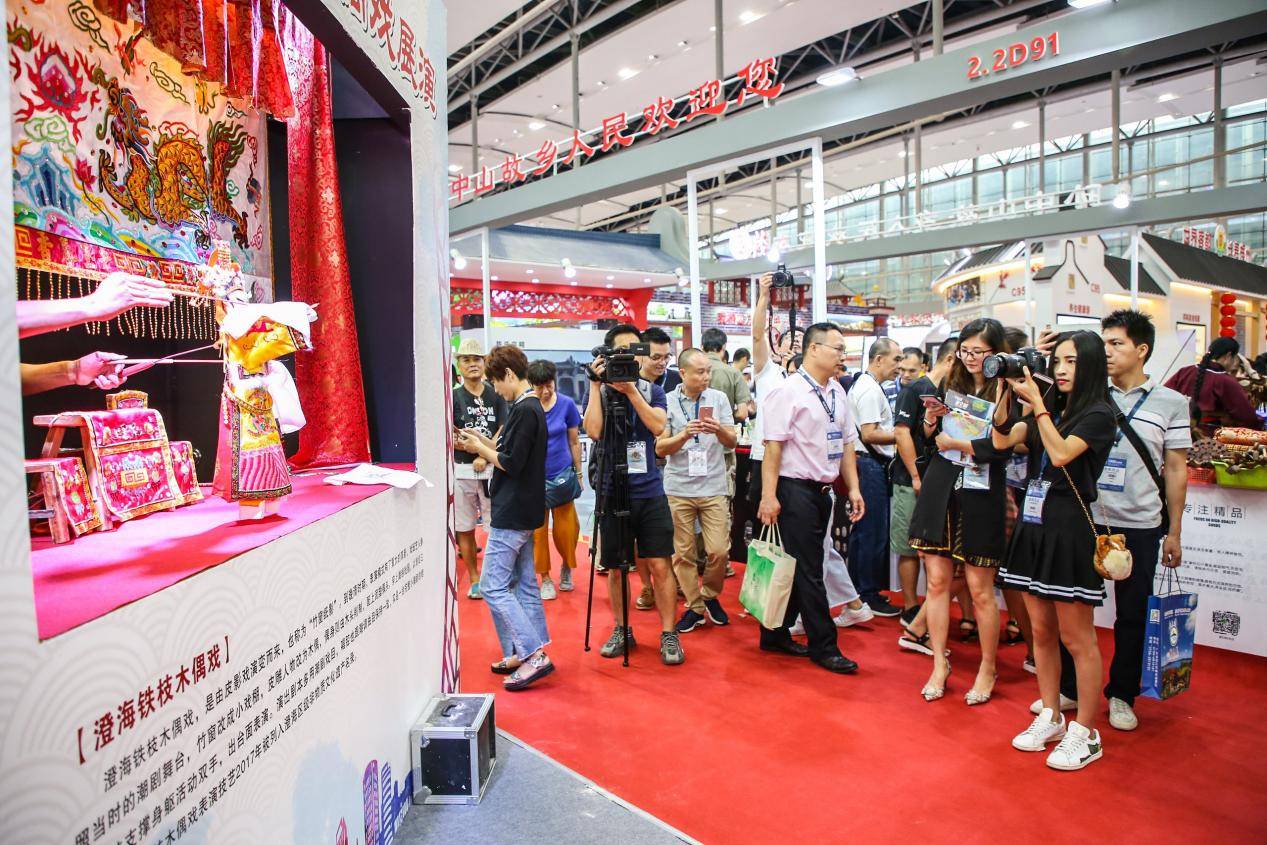

Shaoguan Renhua intangible cultural heritage project performance “Five Gengji Seasonal Songs”
The performance of “Five Geng Chicken Season Songs” is based on the provincial intangible cultural heritage project “Shitang Yuejie Song” of Renhua County, which is spread in Shitang Village, Renhua, Guangdong. The song of Yue Jie is sung from the first day of the eighth lunar month to the fifteenth of August. It is not sung during the day. Its songs and singing styles have been passed down from the Tang Dynasty to the present. It is a living fossil of ancient folk music singing and folk culture.
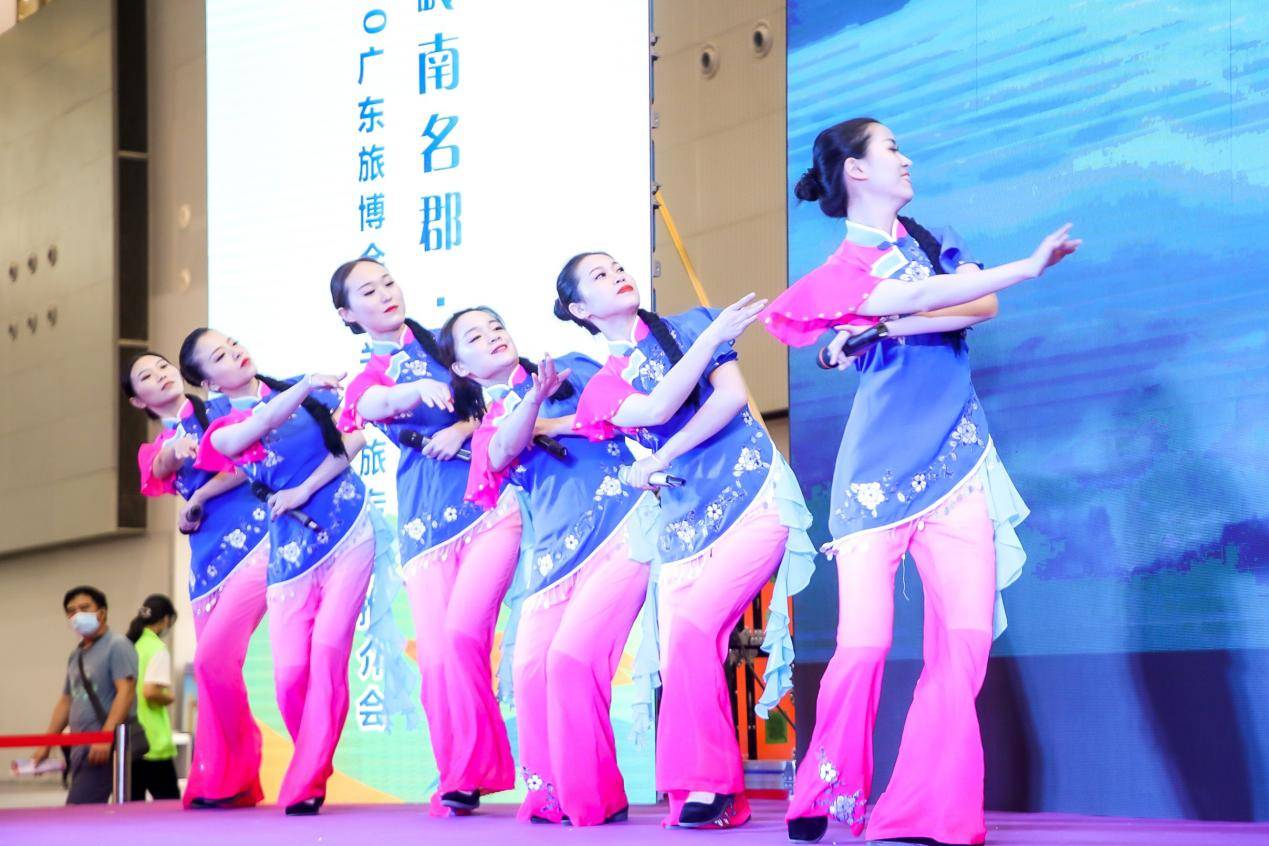
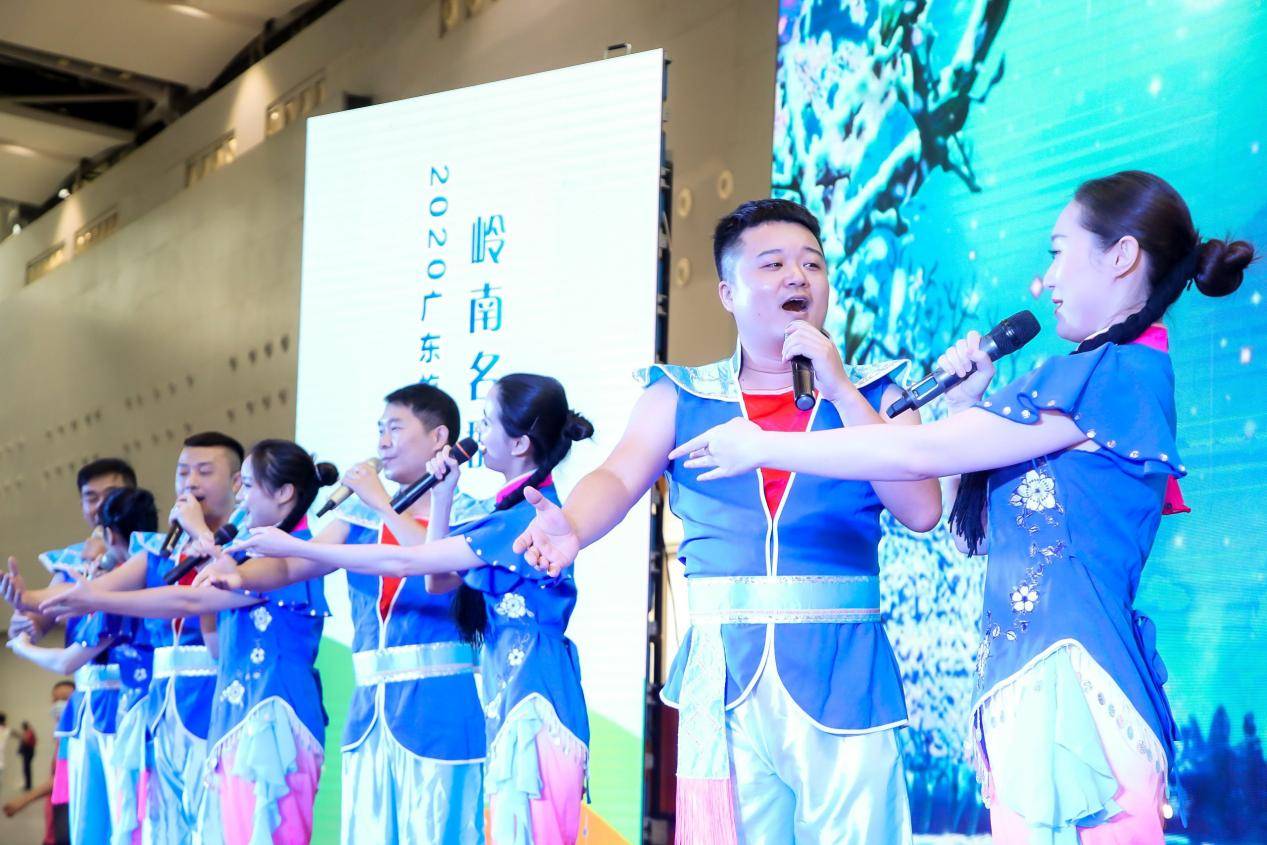
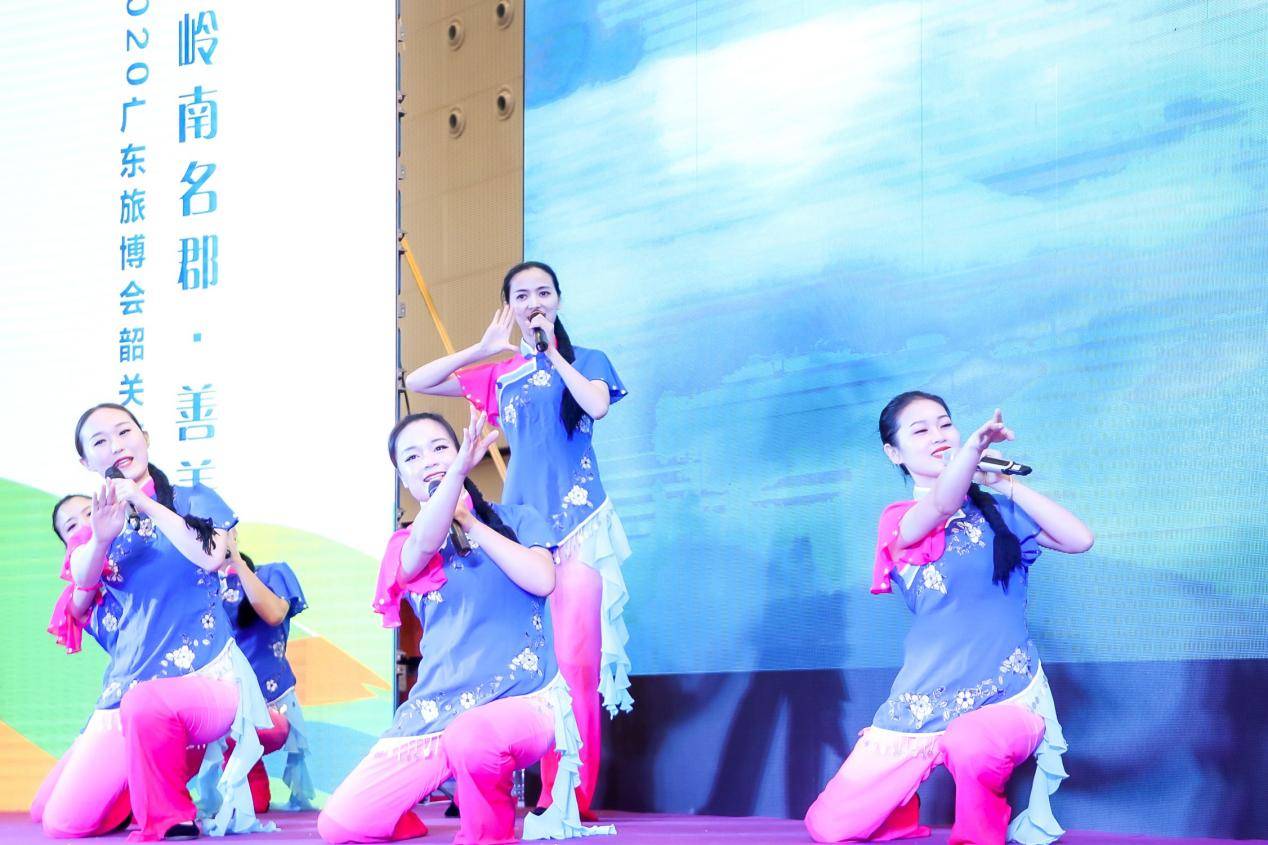
Chaoshan Bamboo Weaving Lantern
A hundred years ago, the craft of bamboo weaving lanterns was introduced to Chaoshan. Because “bamboo” and “de” in Chaoshan dialect have the same pronunciation, people like to use bamboo to make lanterns, which is a good sign.
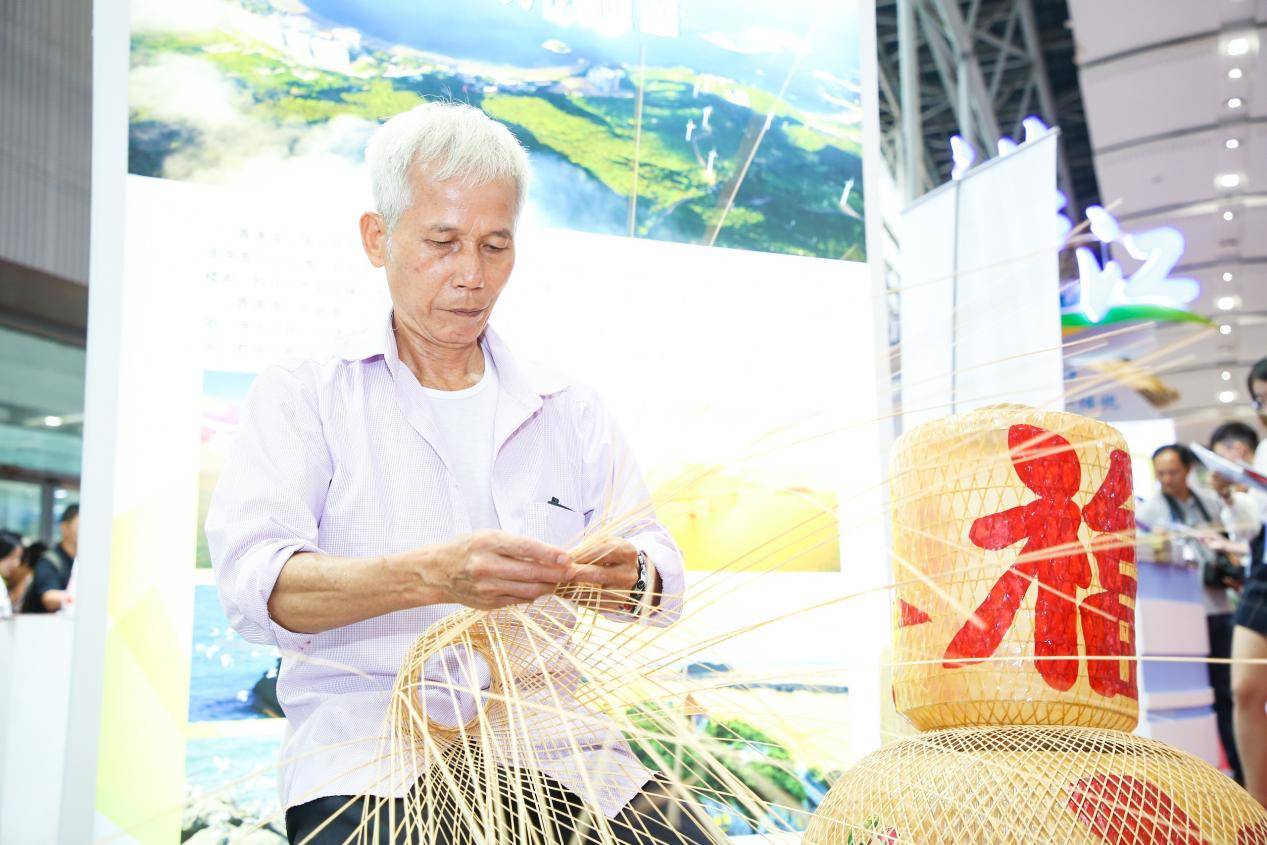
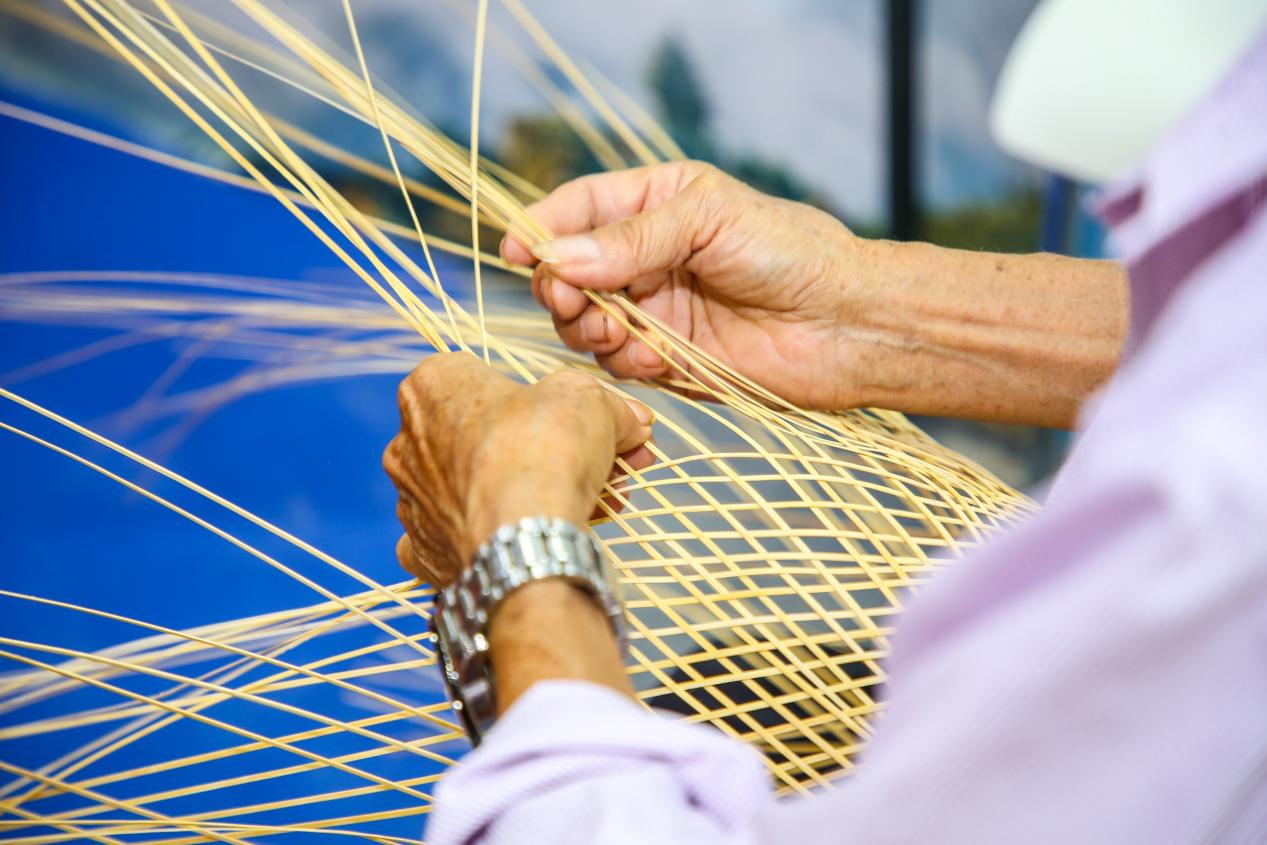
Intangible cultural elements are increasingly integrated into the lives of the people, radiating the charm of the new era, and inspiring the new vitality of cultural and tourism integration.
At the 2021 Guangdong Tourism Expo to be held in September, cultural and tourism products such as museums, intangible cultural heritage, cultural and creative design, digital publishing, integrated media, cultural products, cultural and art IP, travel books, public welfare tourism, etc. will be displayed And services, set up non-heritage cultural and creative national tide exhibition area, cultural tourism art theme exhibition area, and hold museum cultural tourism theme activities. Stay tuned!
2021 Guangdong Tourism Expo
September 10-12 (Friday-Sunday)
Guangzhou·China Import and Export Fair Complex, Zone A
To 
The Guangdong International Tourism Industry Expo (Guangdong Tourism Expo, CITIE) has been held for 16 consecutive times since its establishment in 2005. It has become an annual tourism event for information exchange, promotion and product trade in the cultural and tourism industries at home and abroad.




























































You must log in to post a comment.